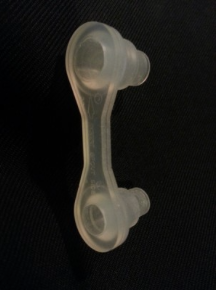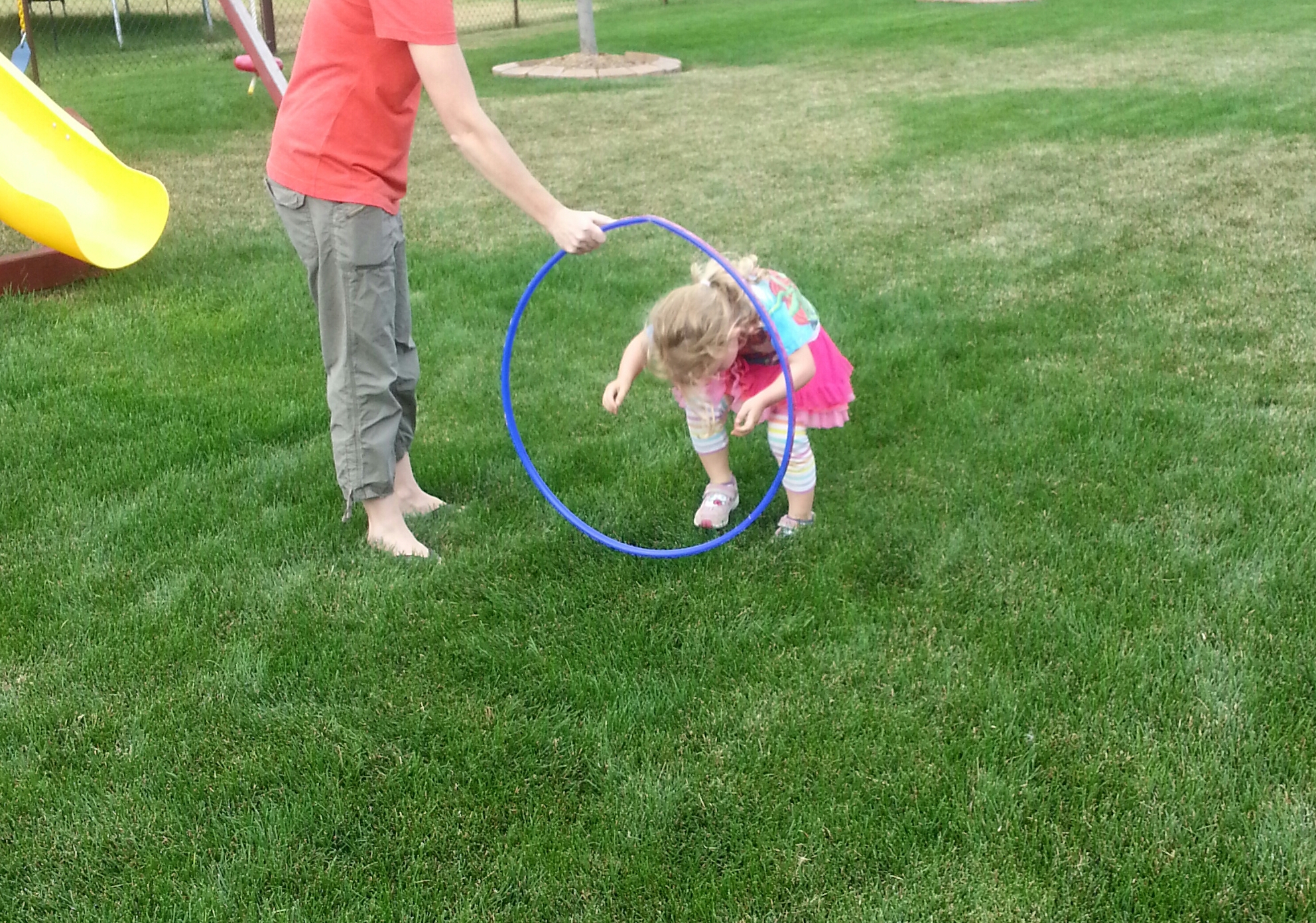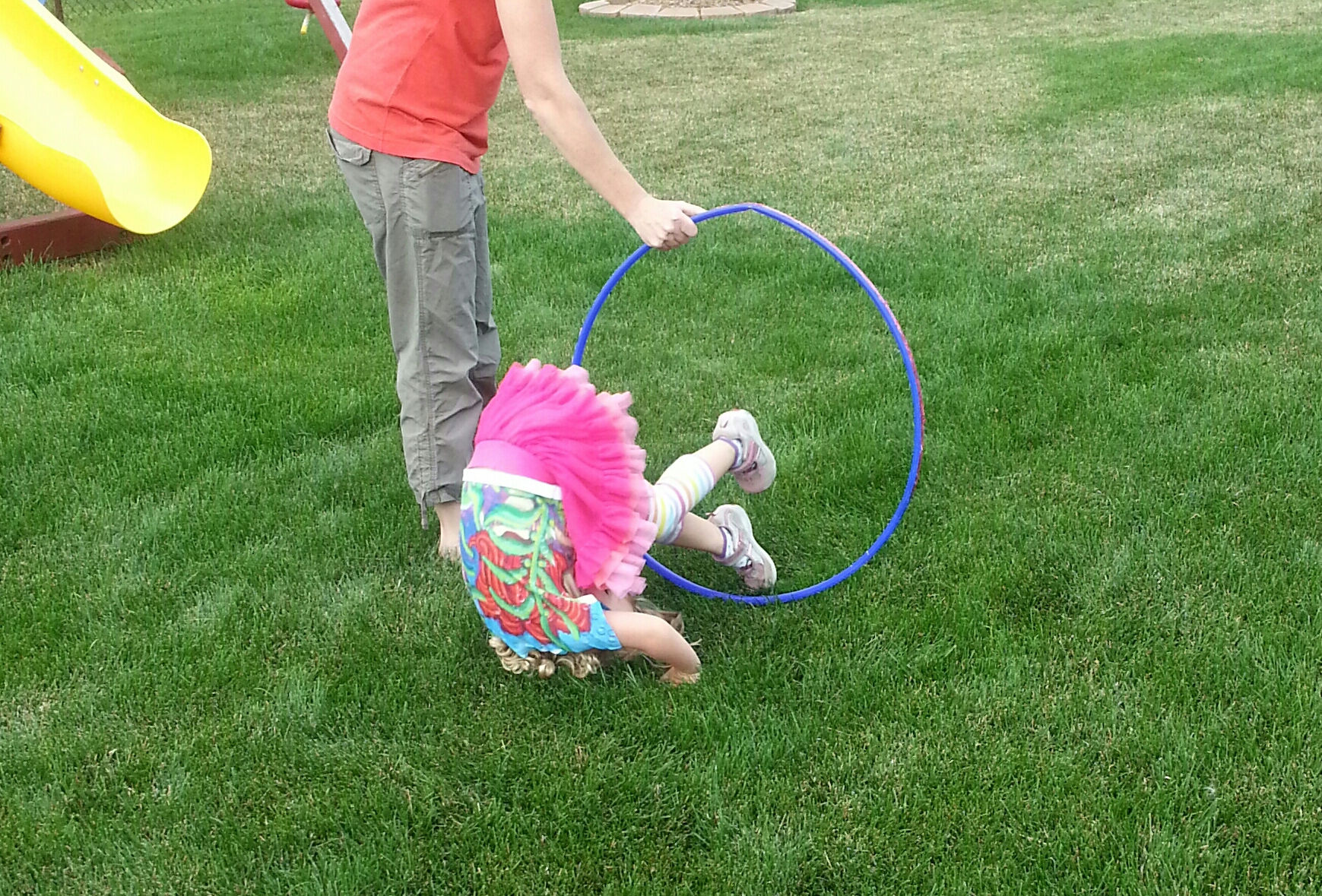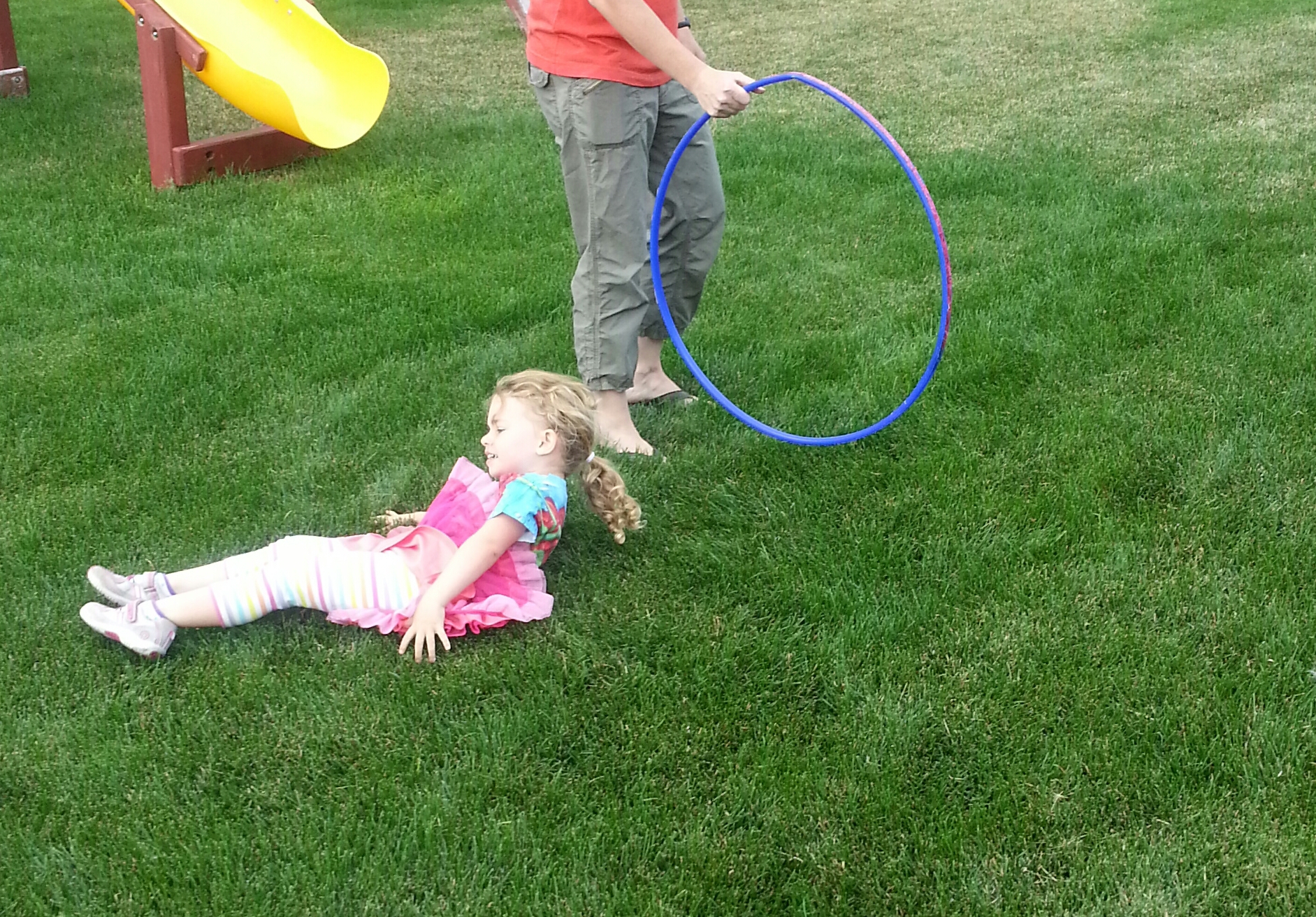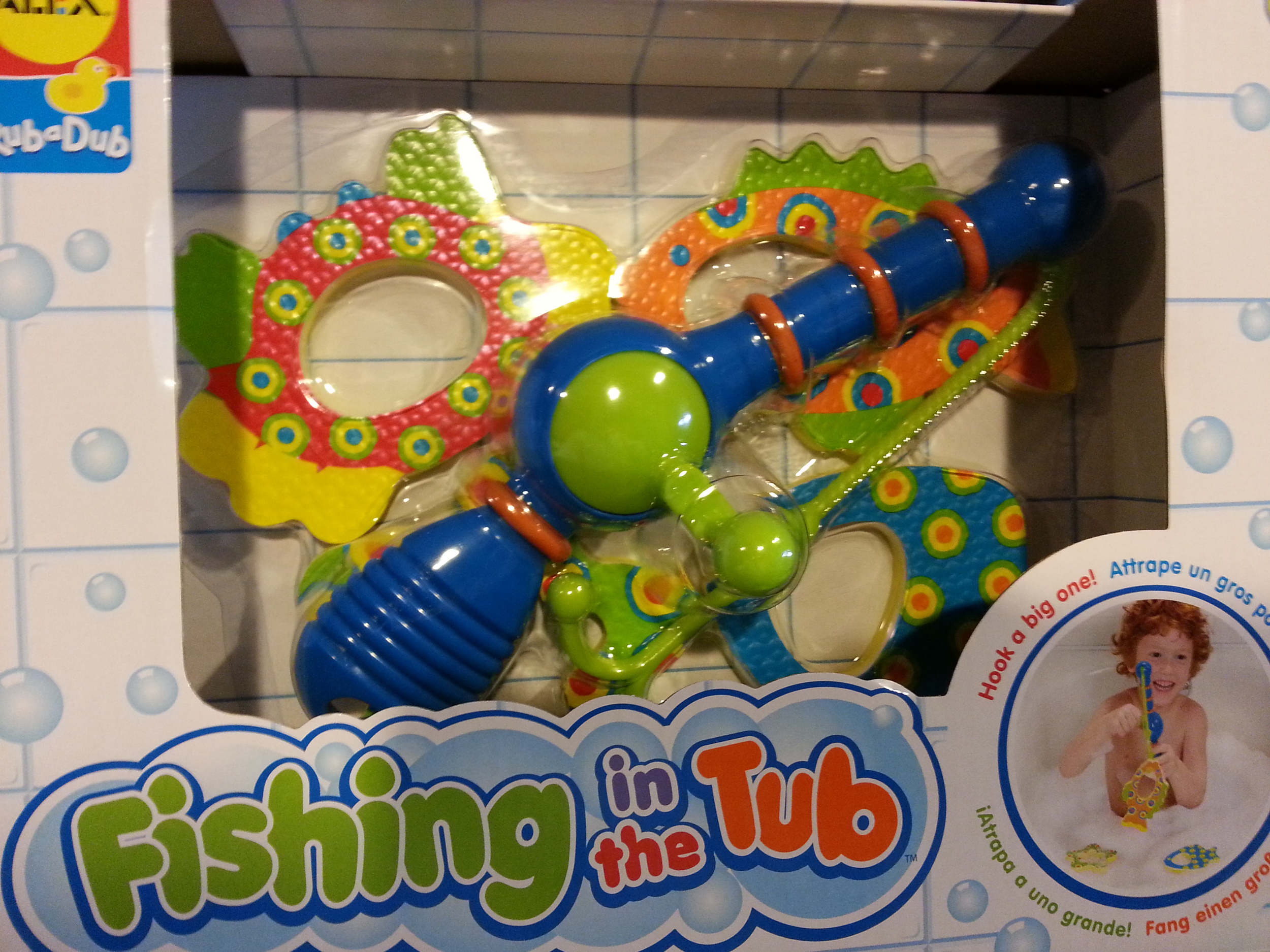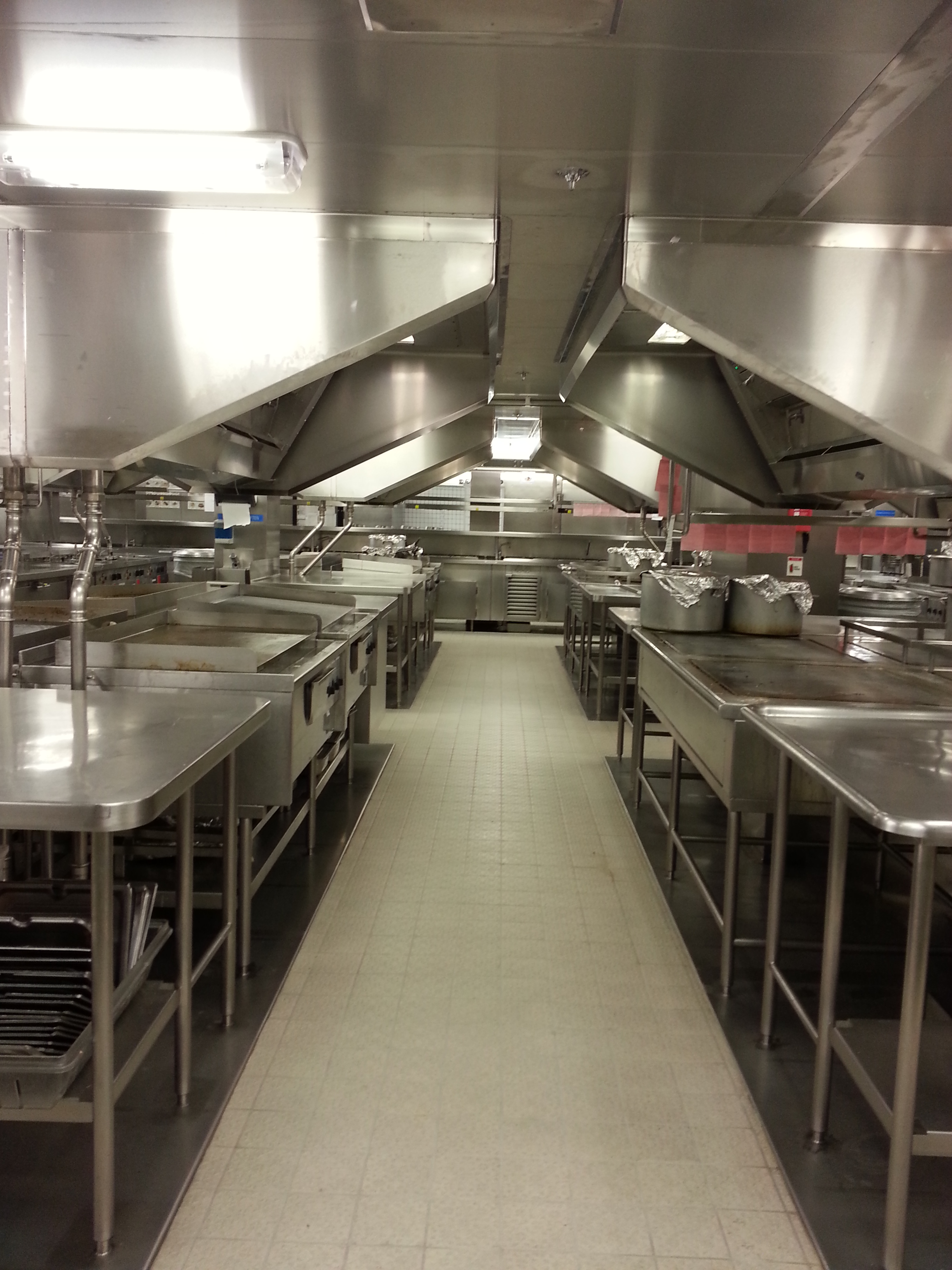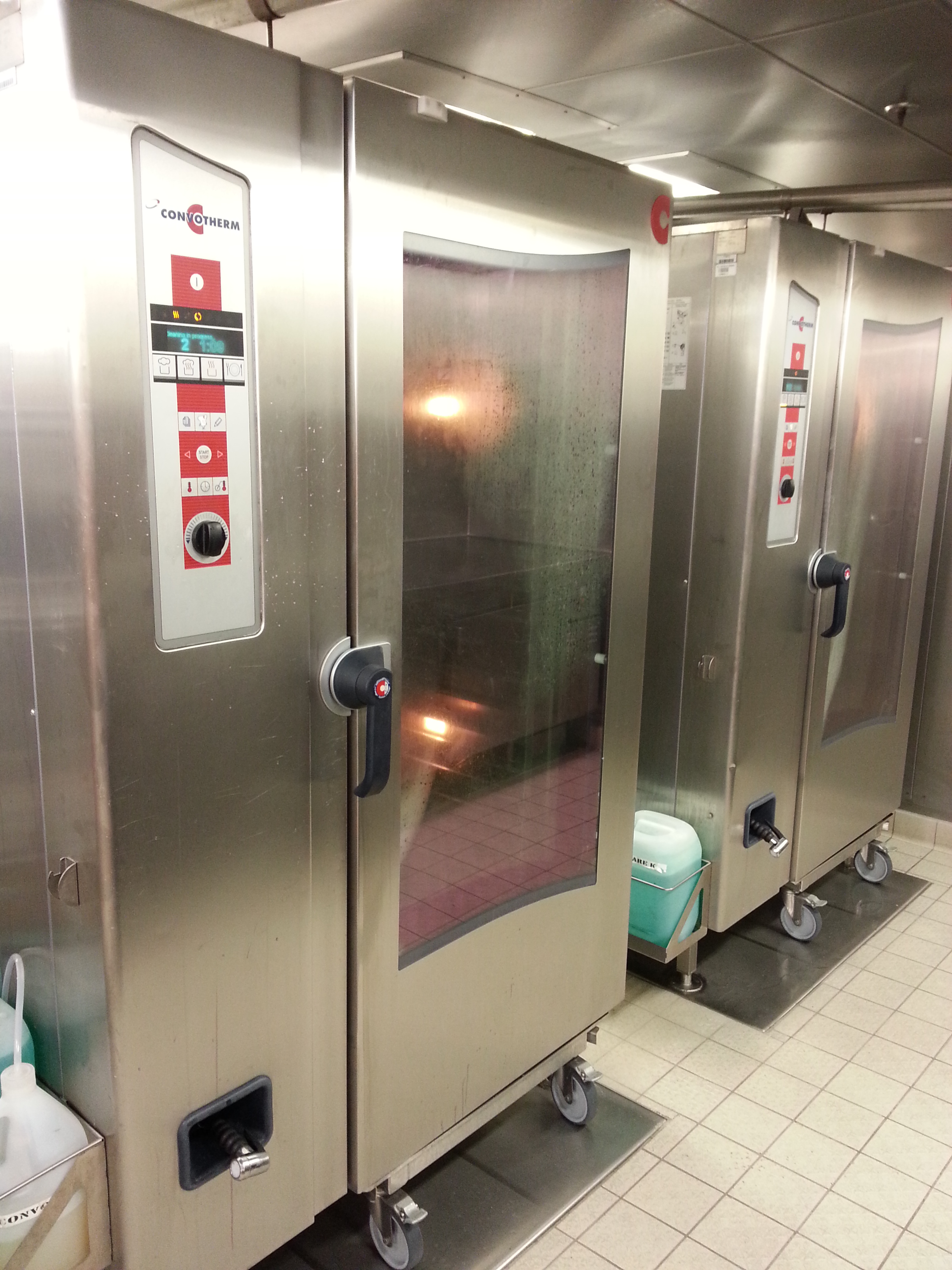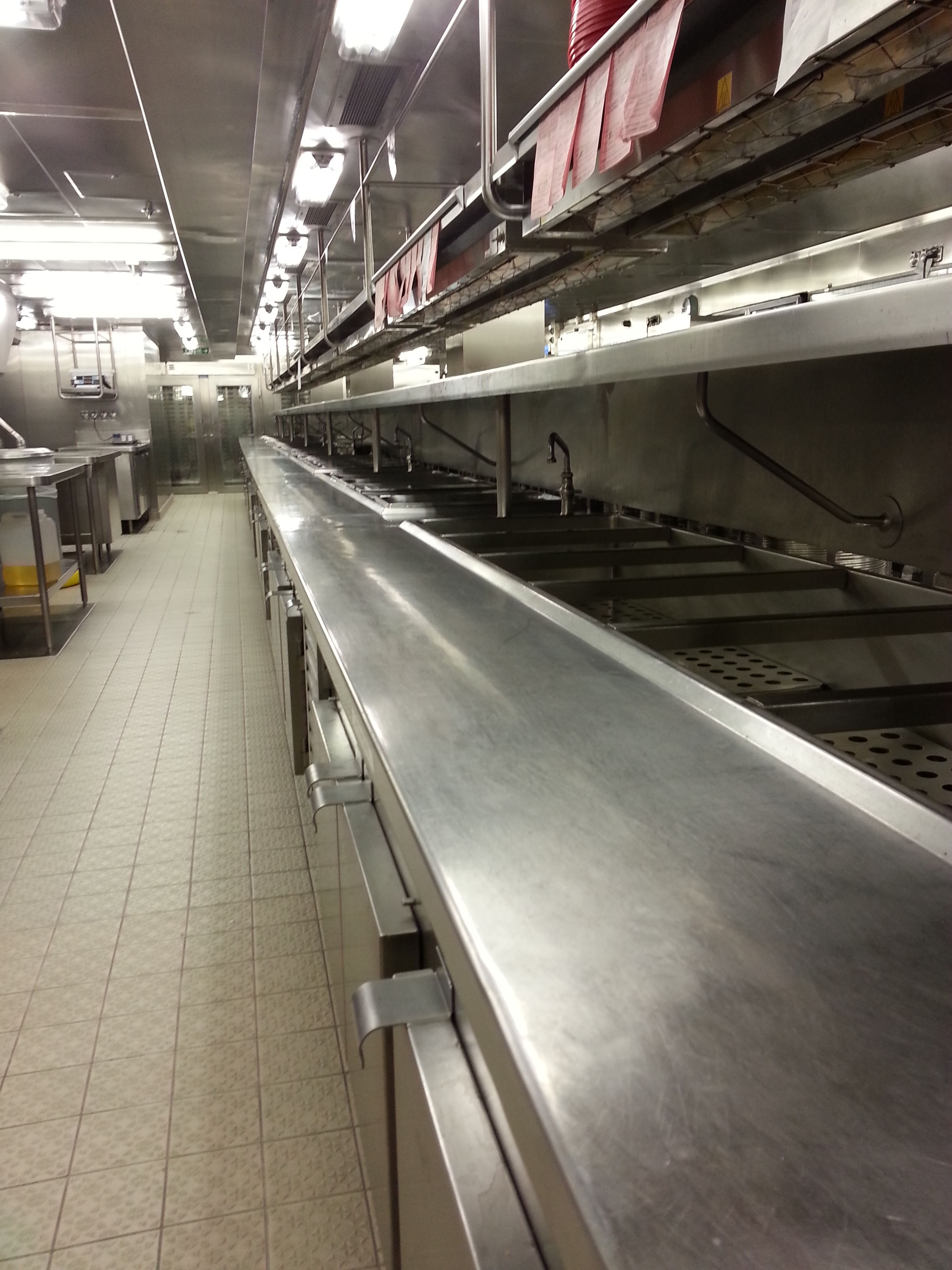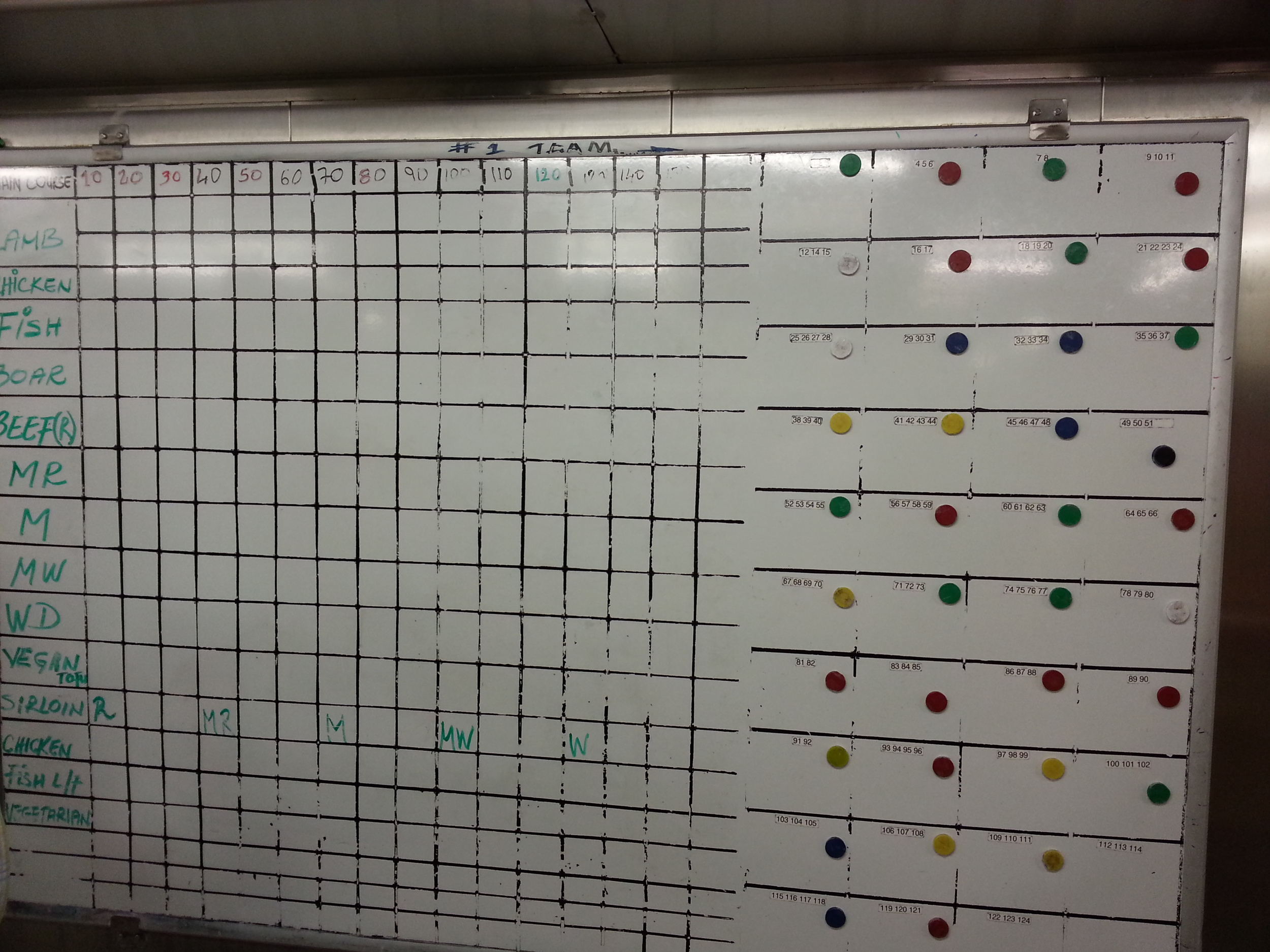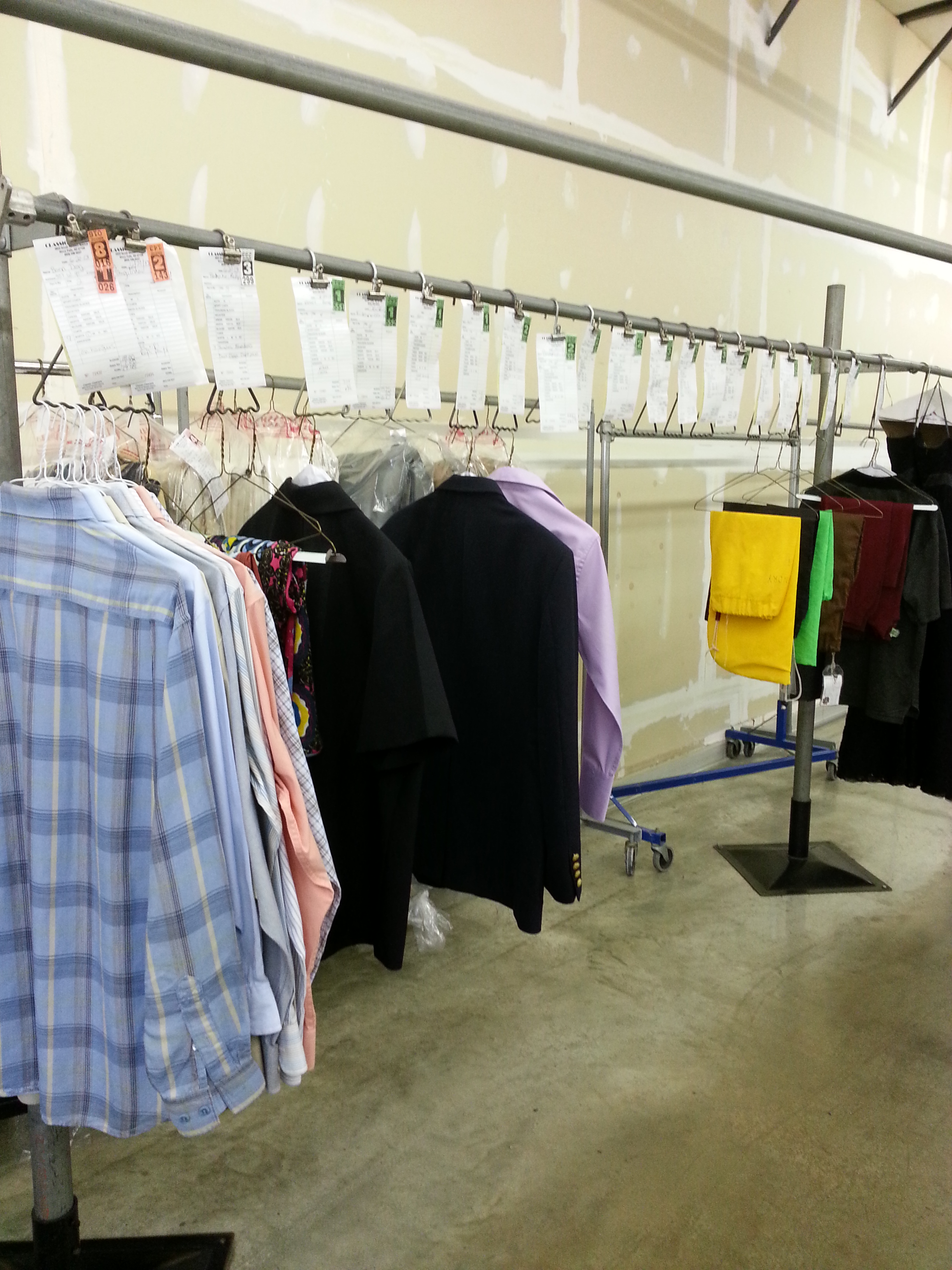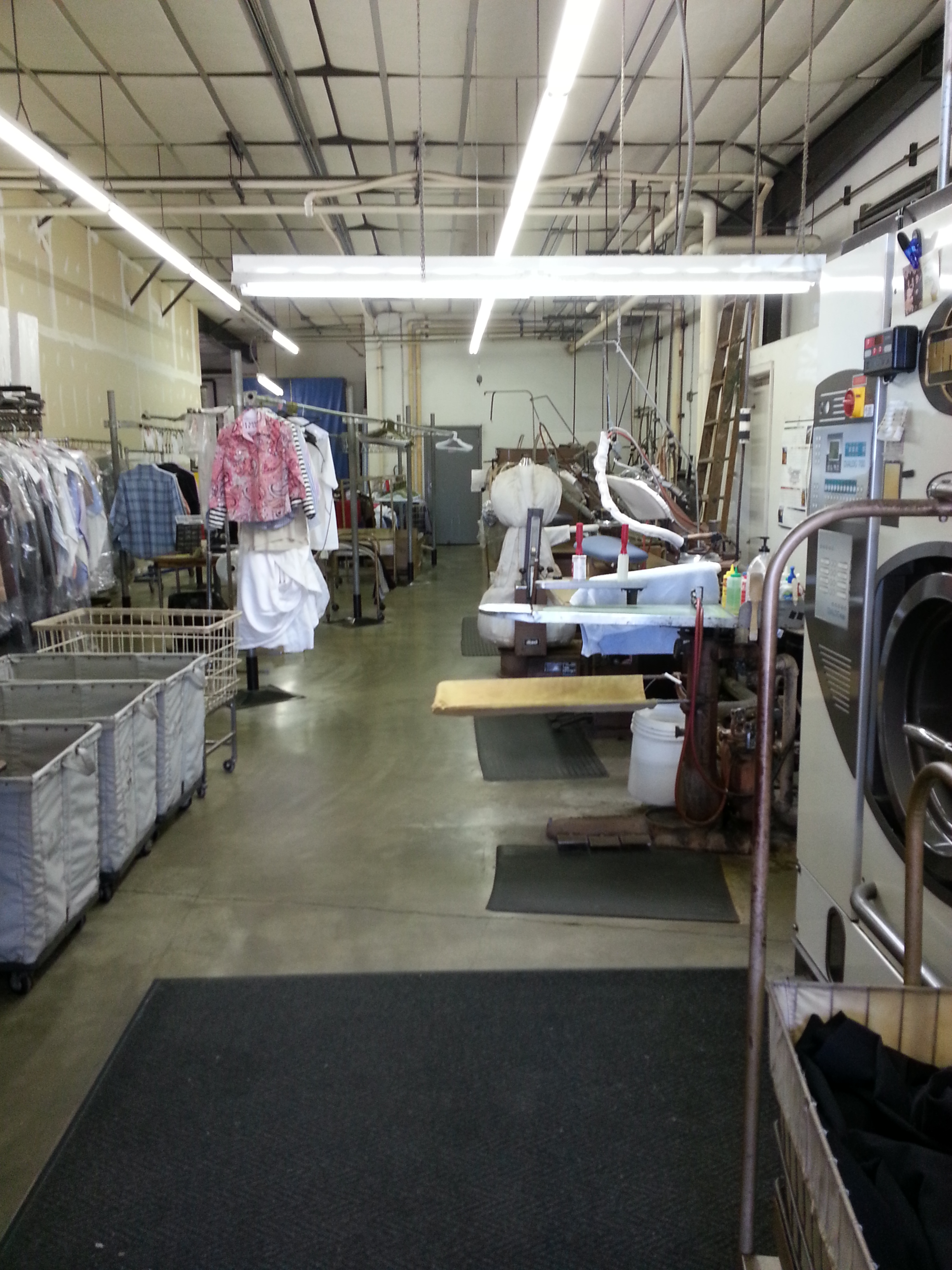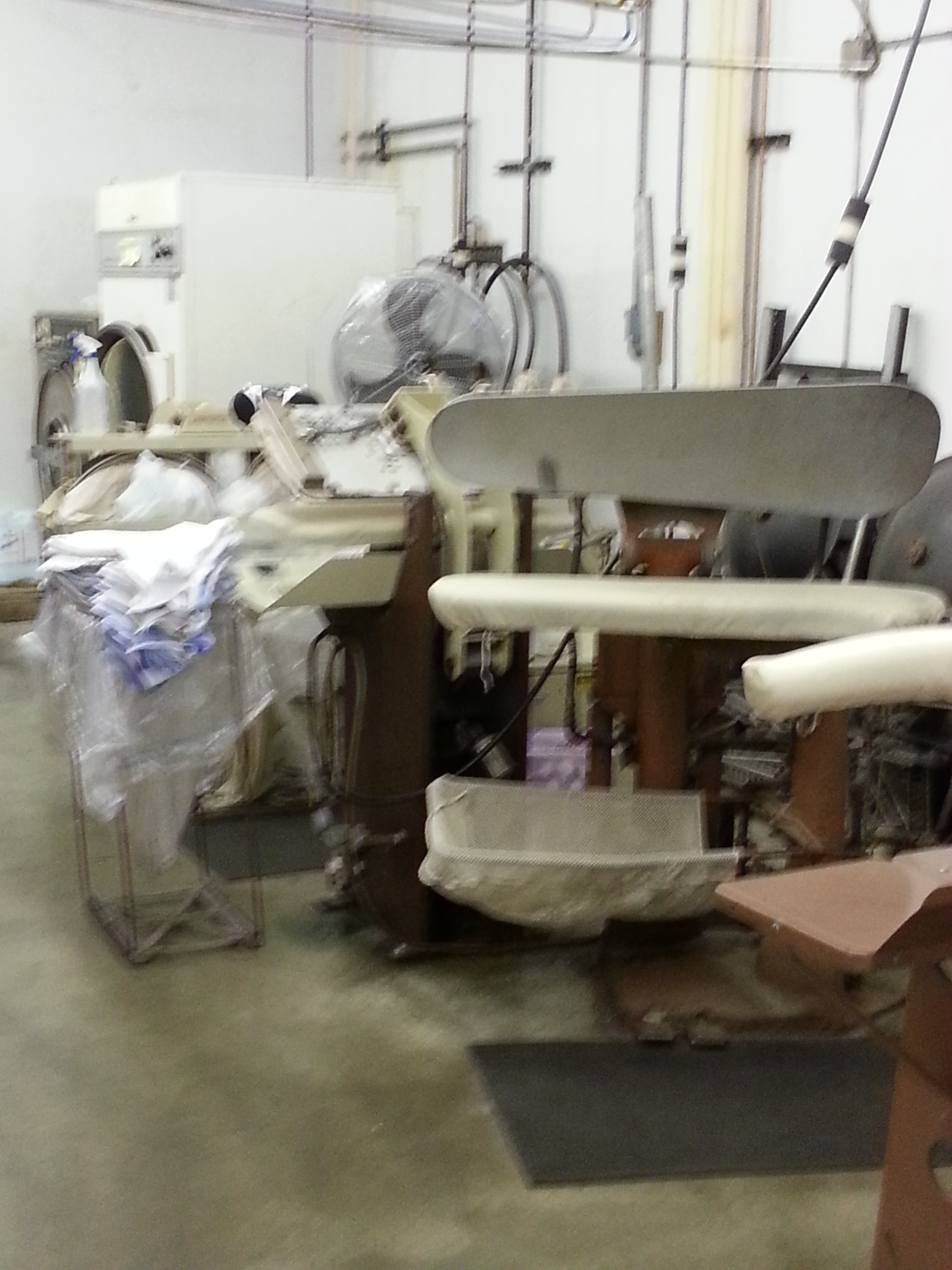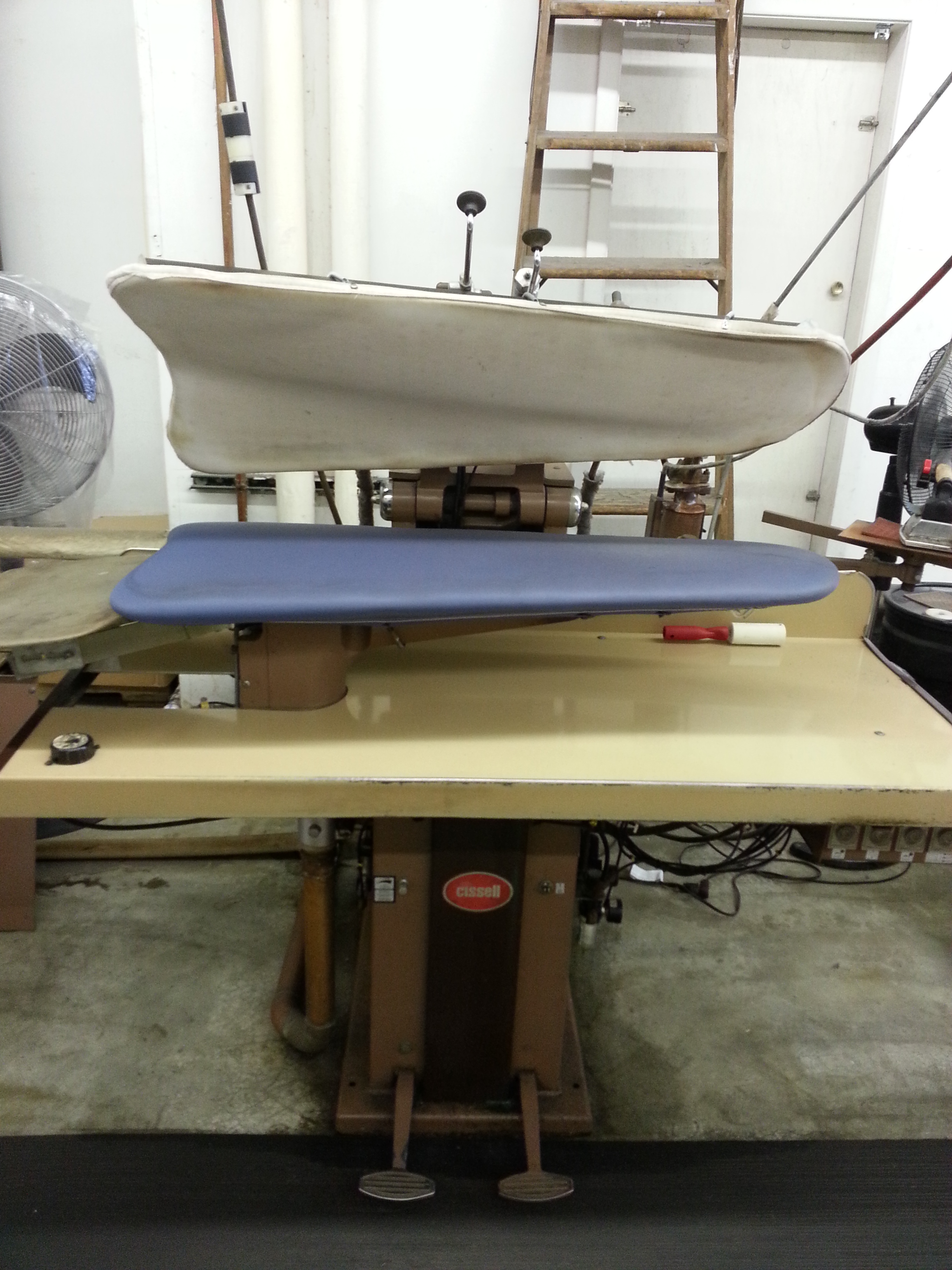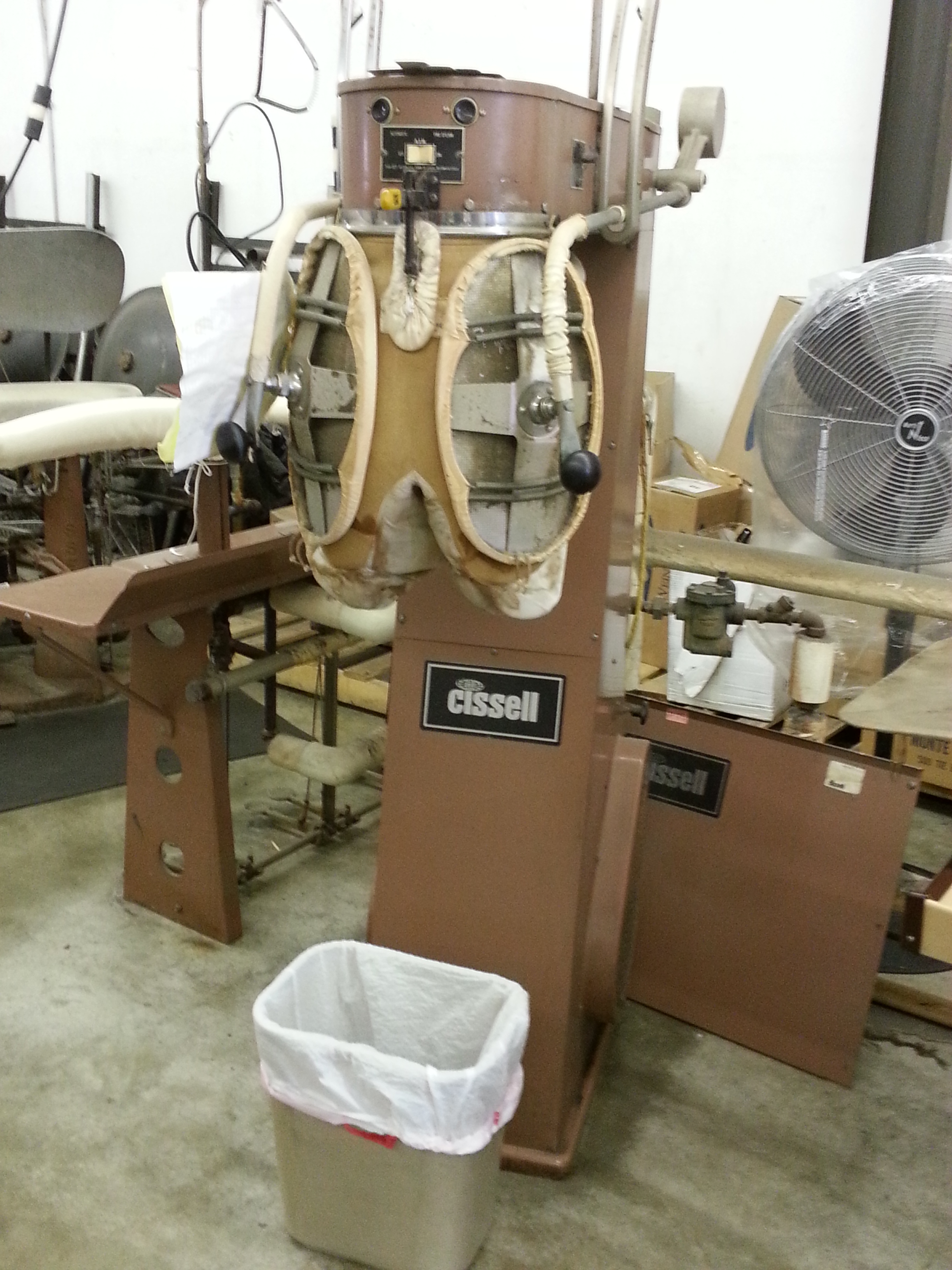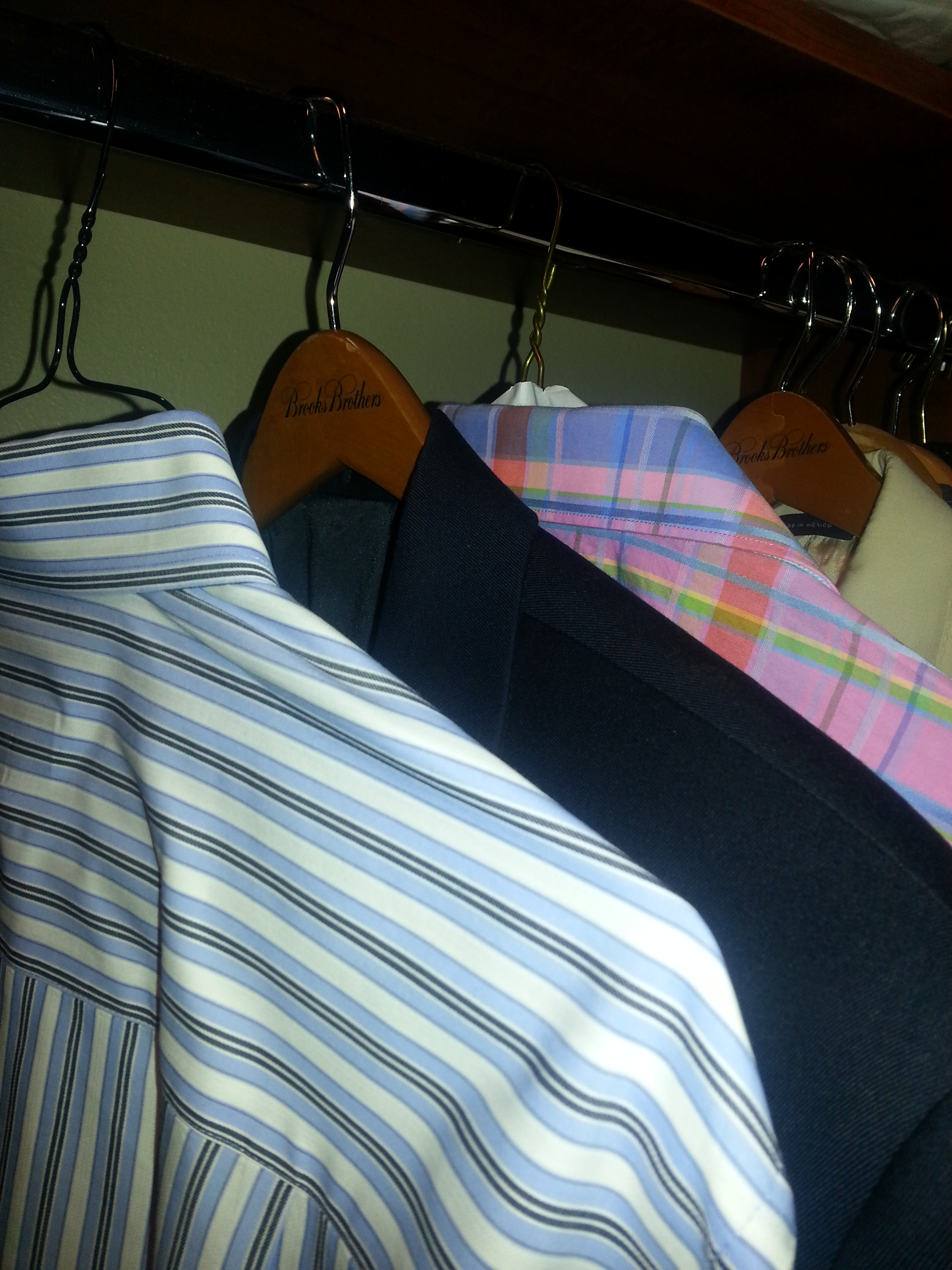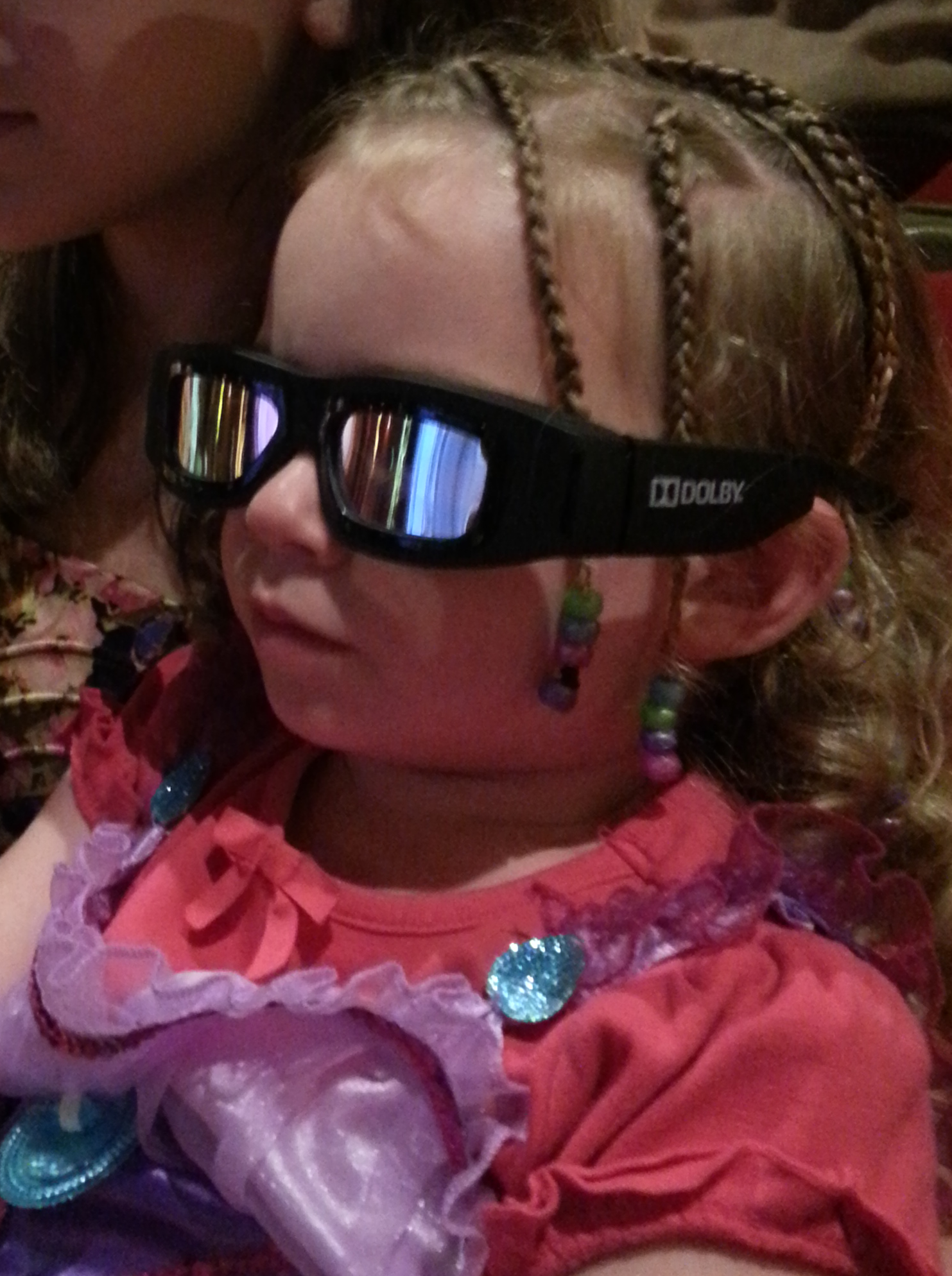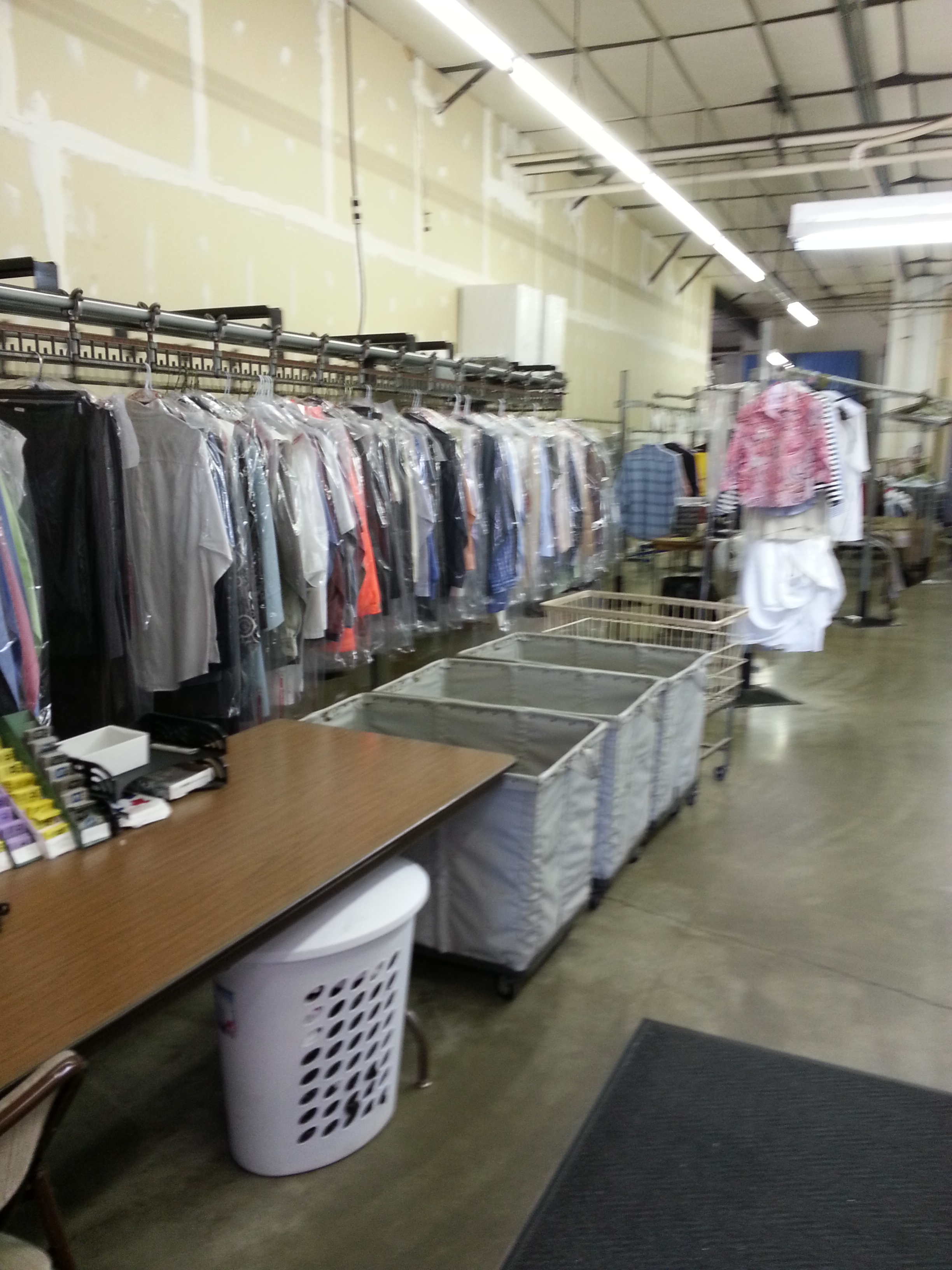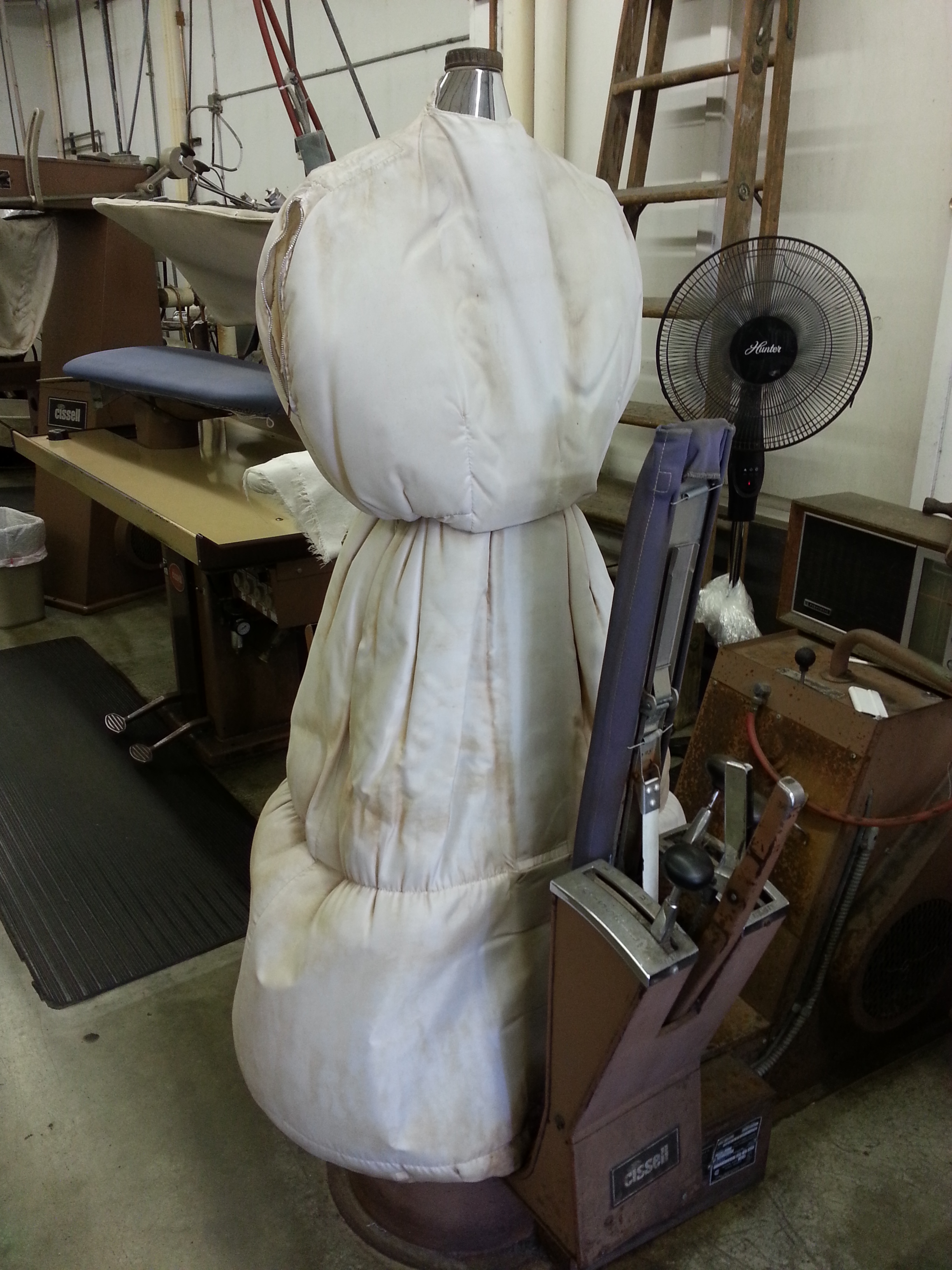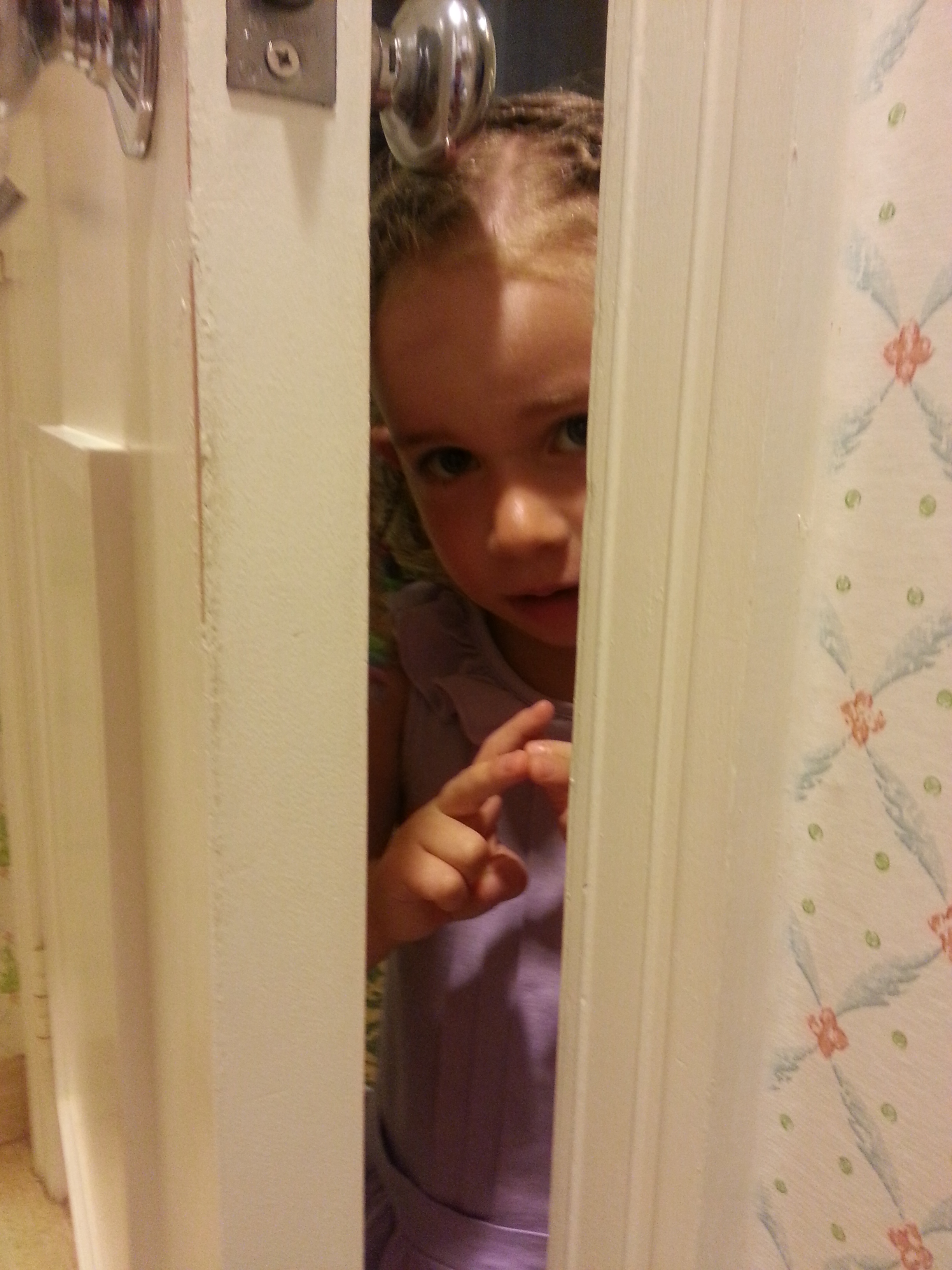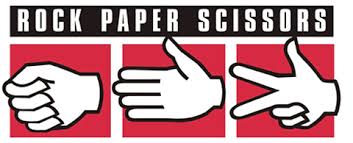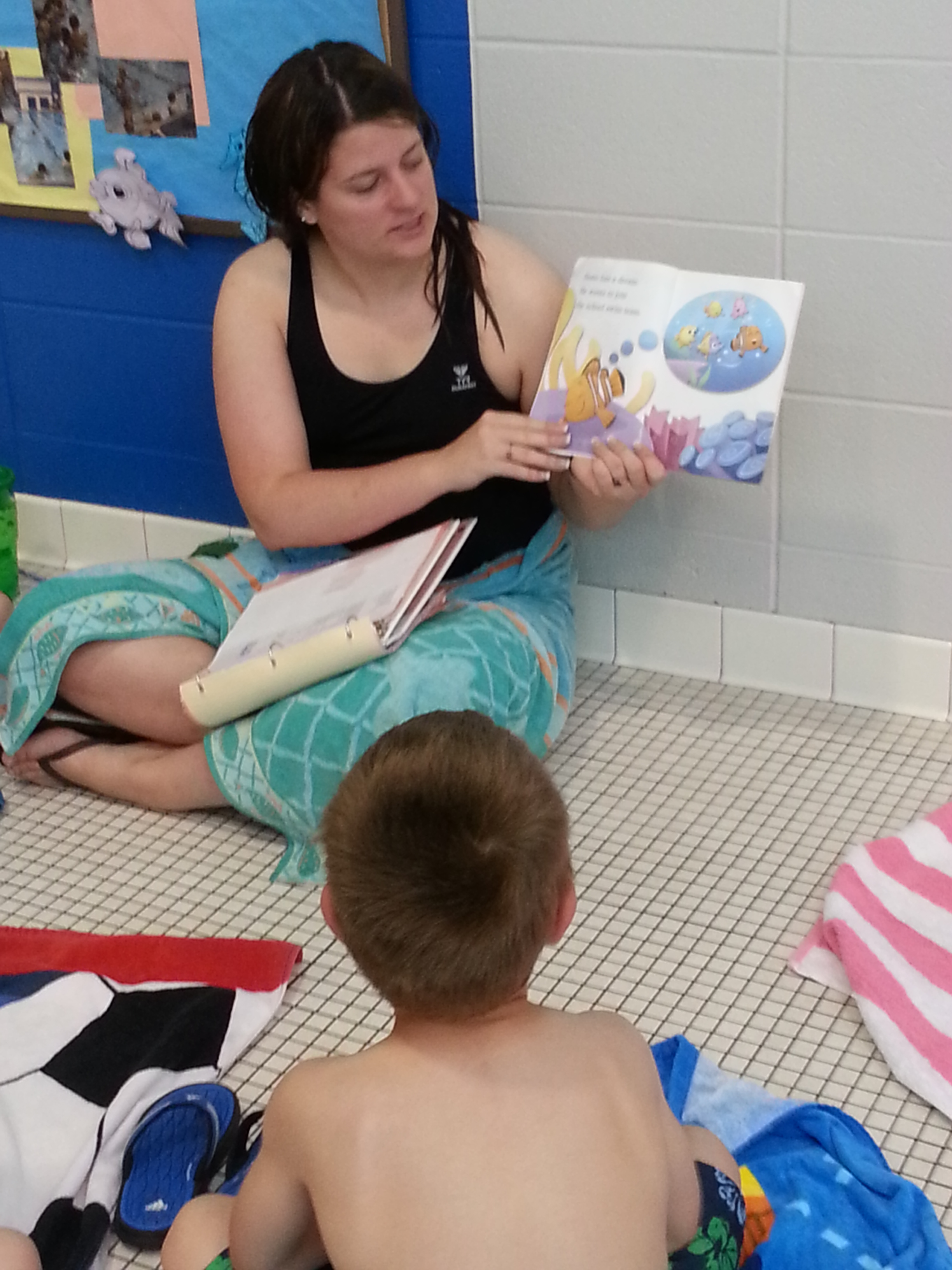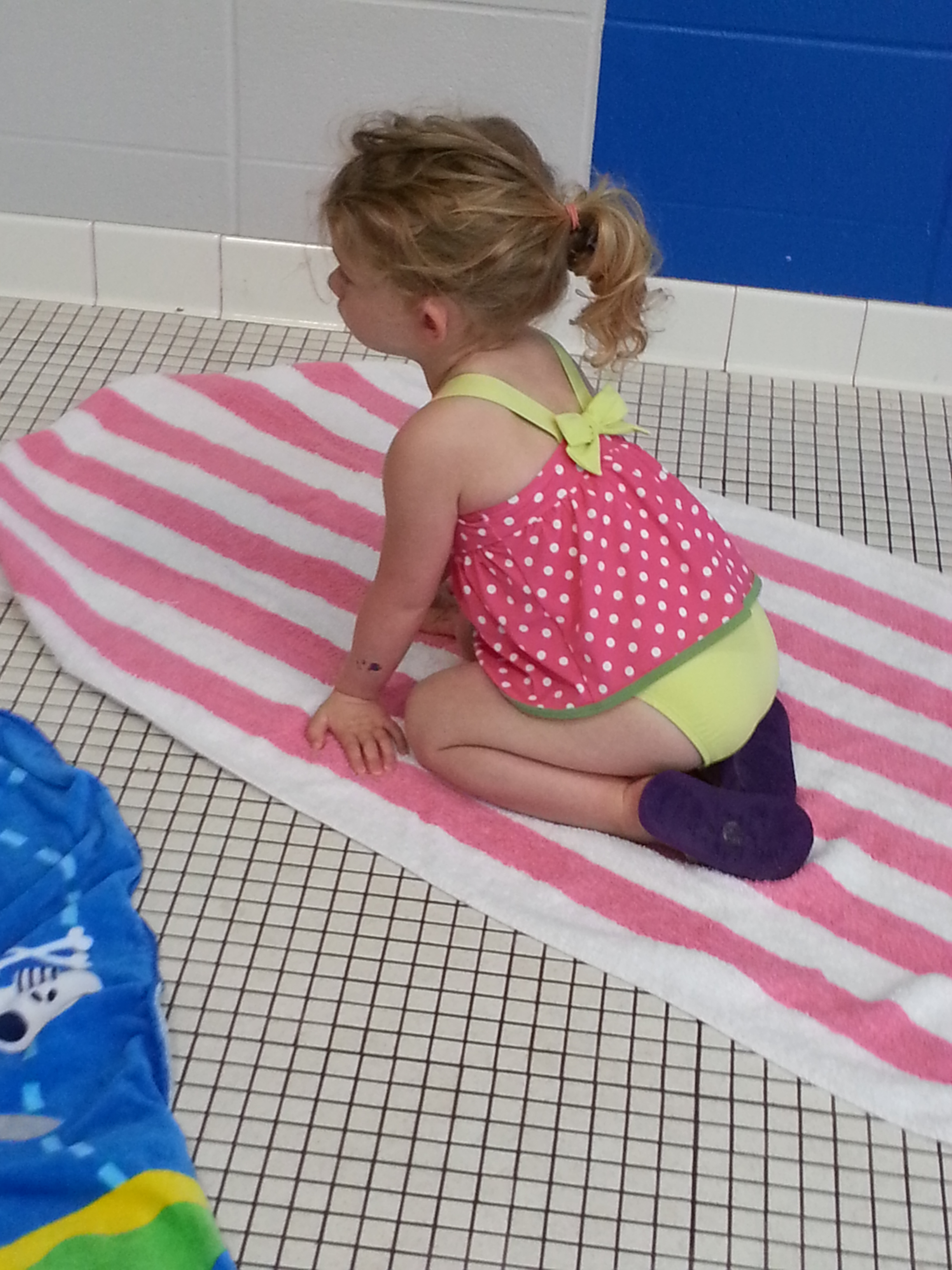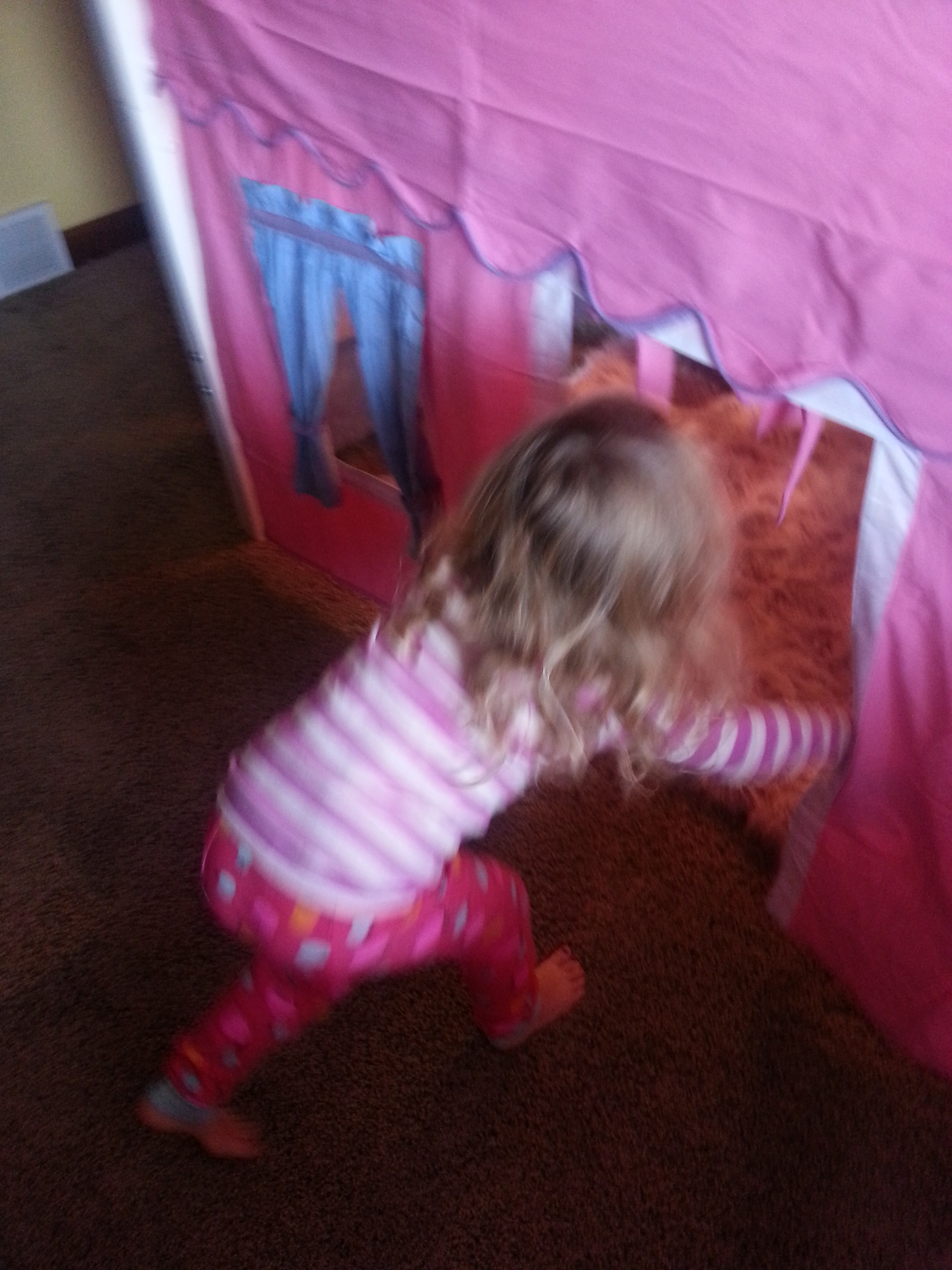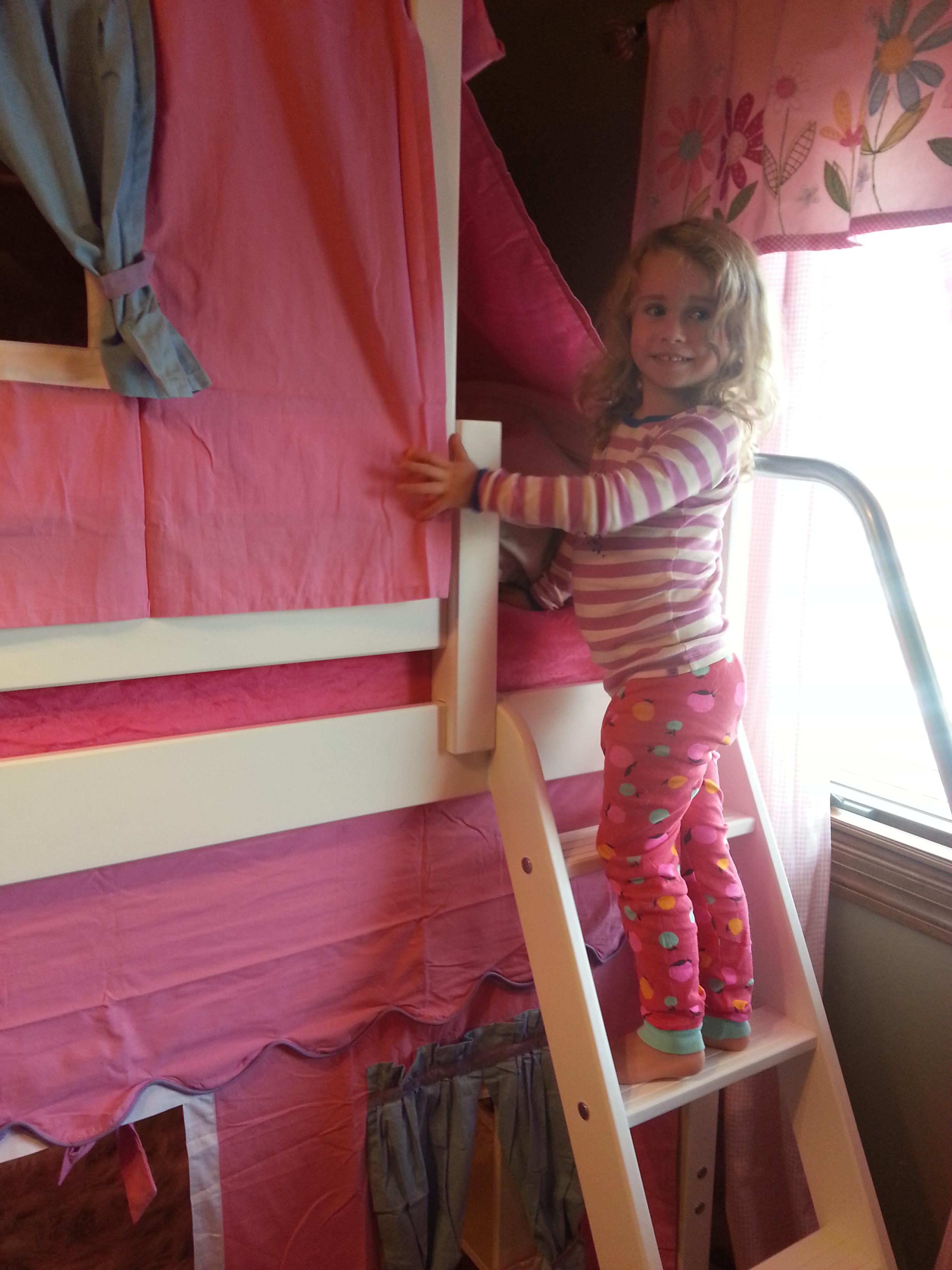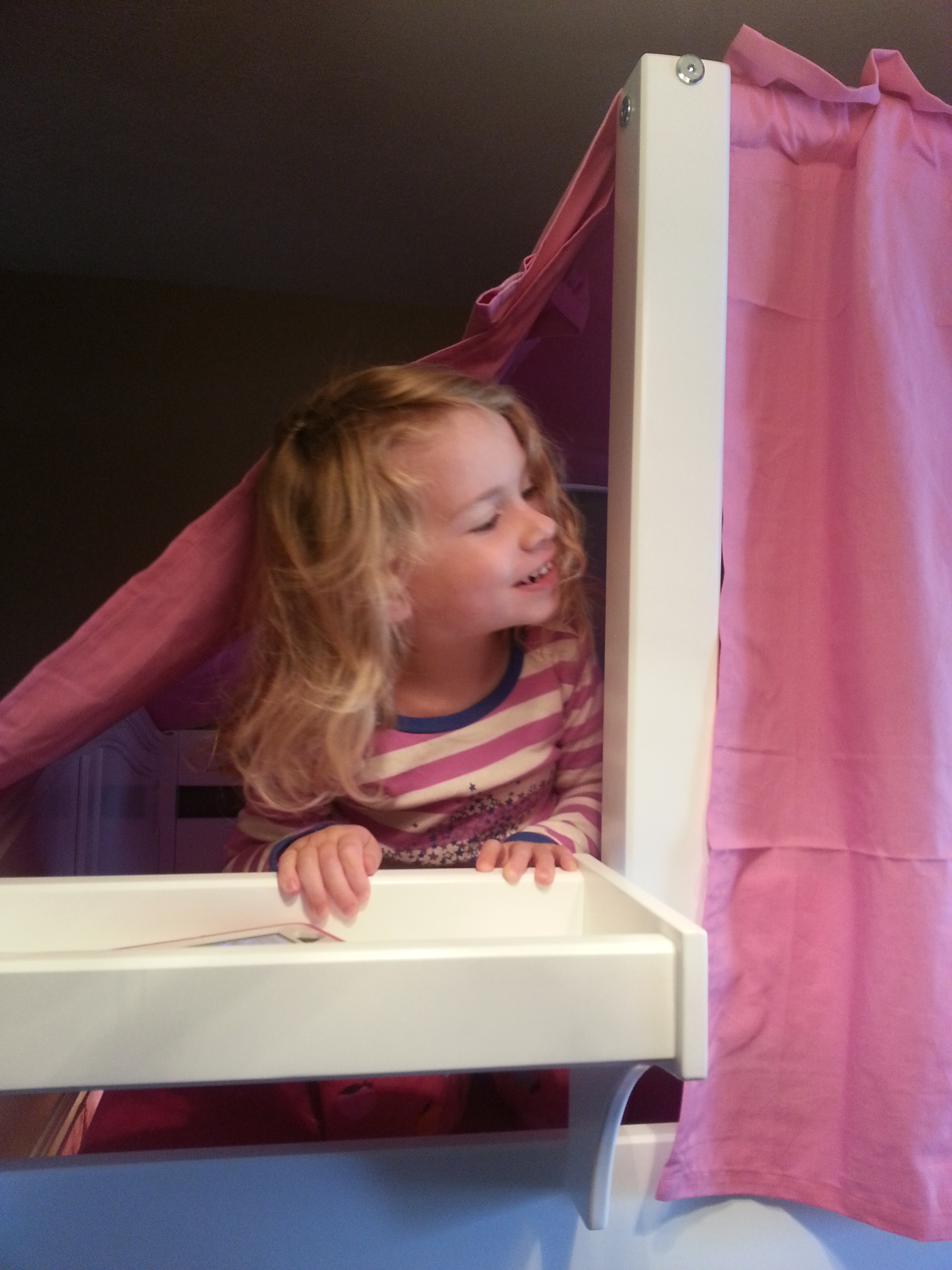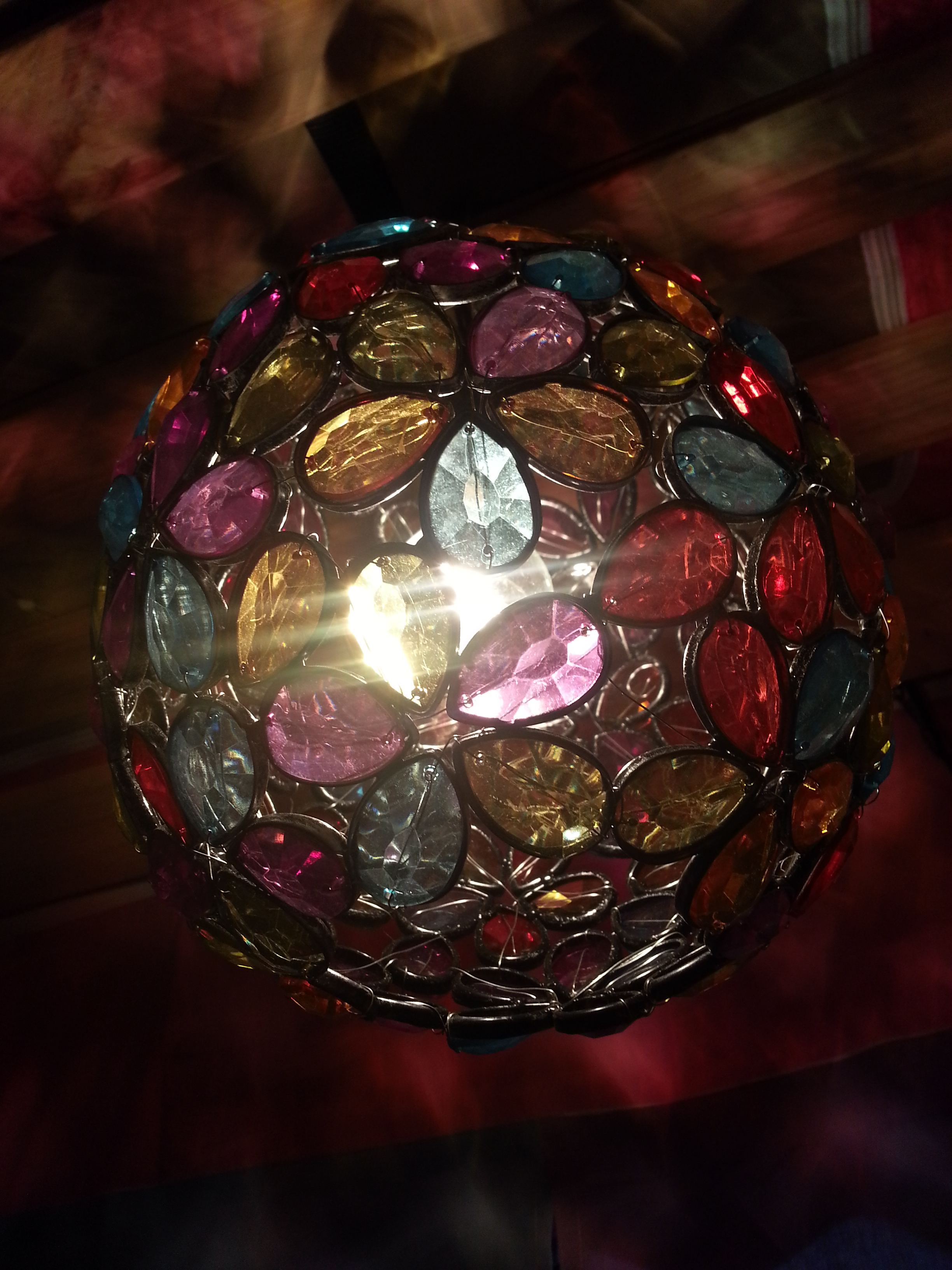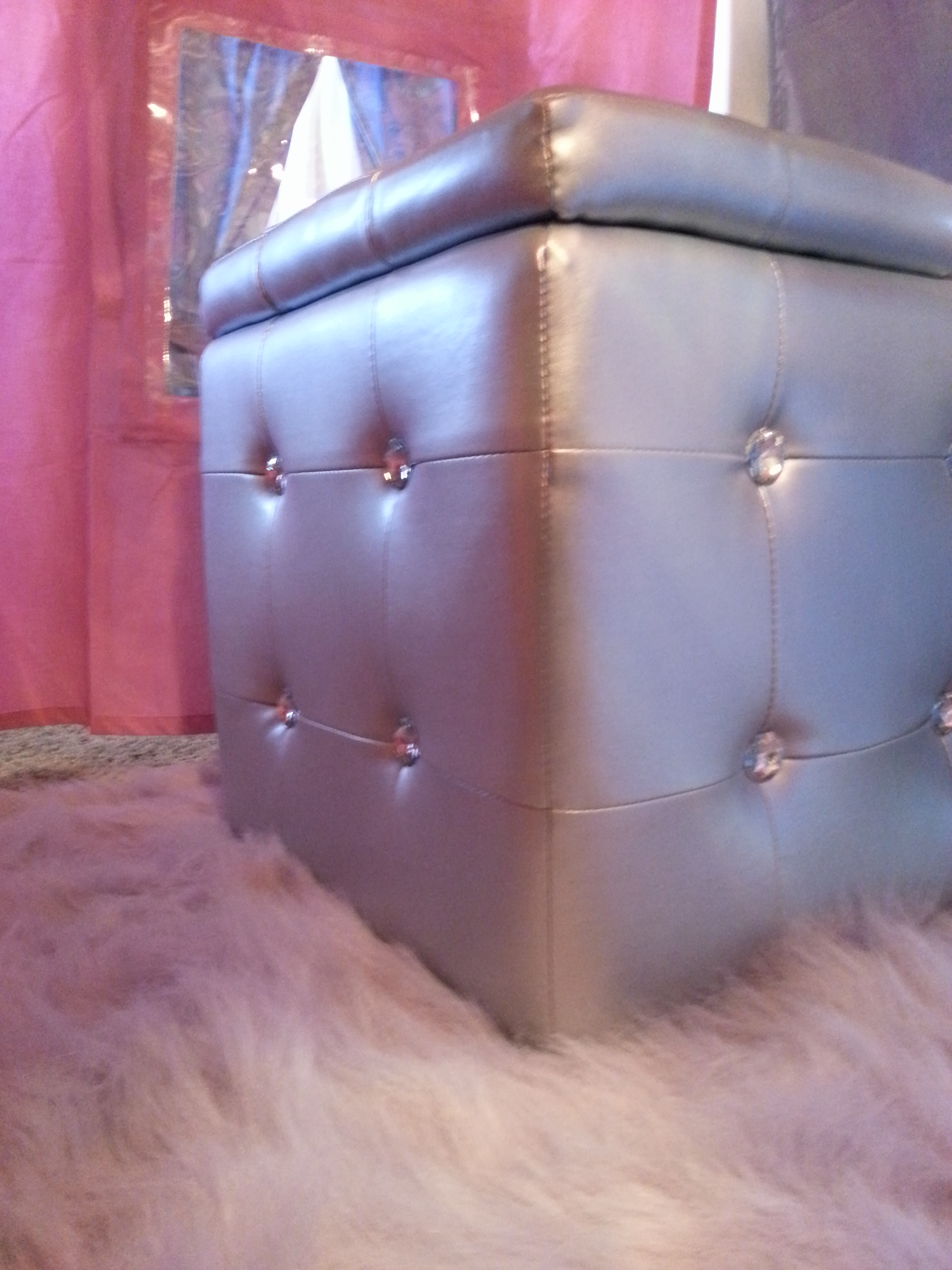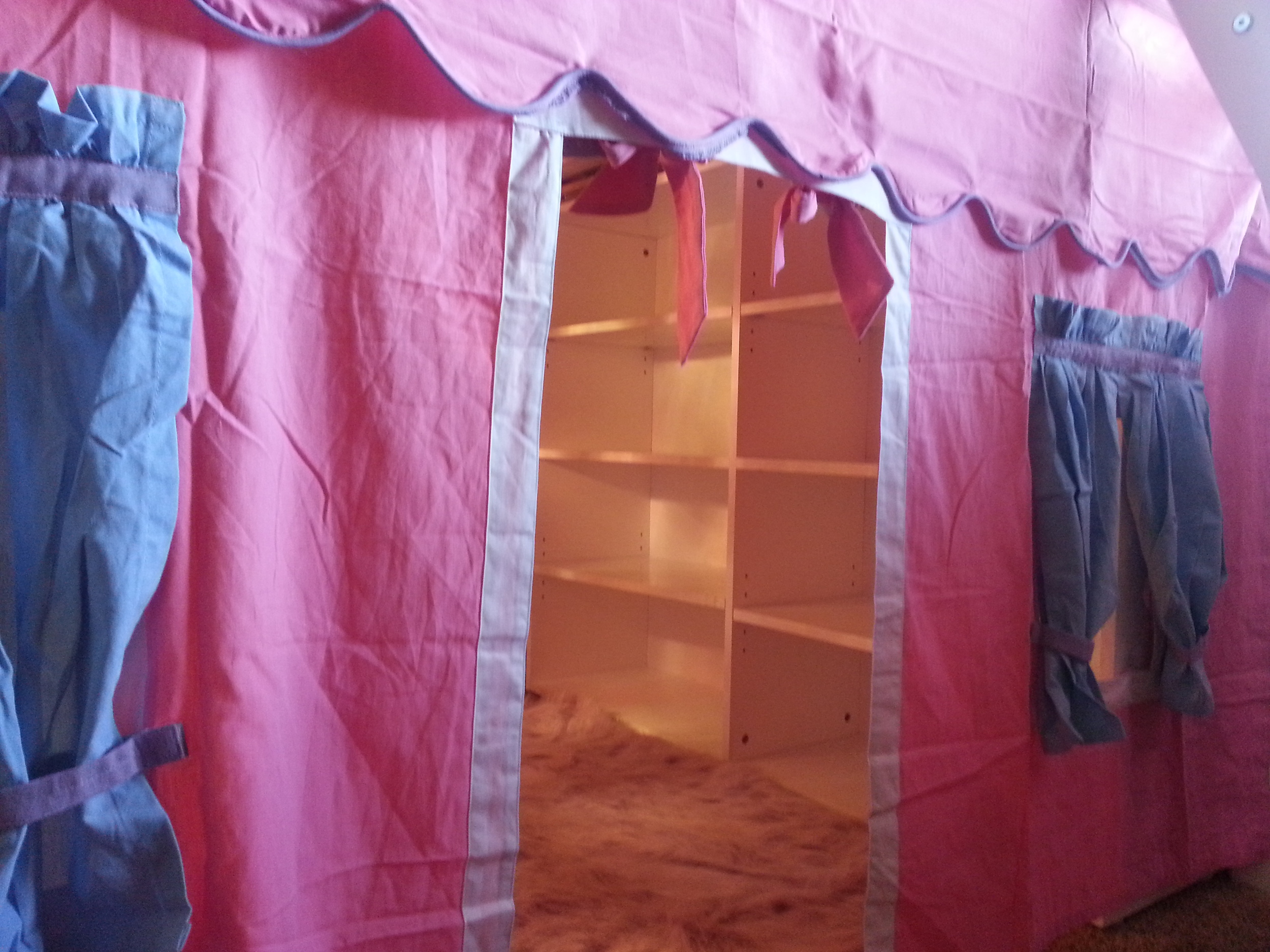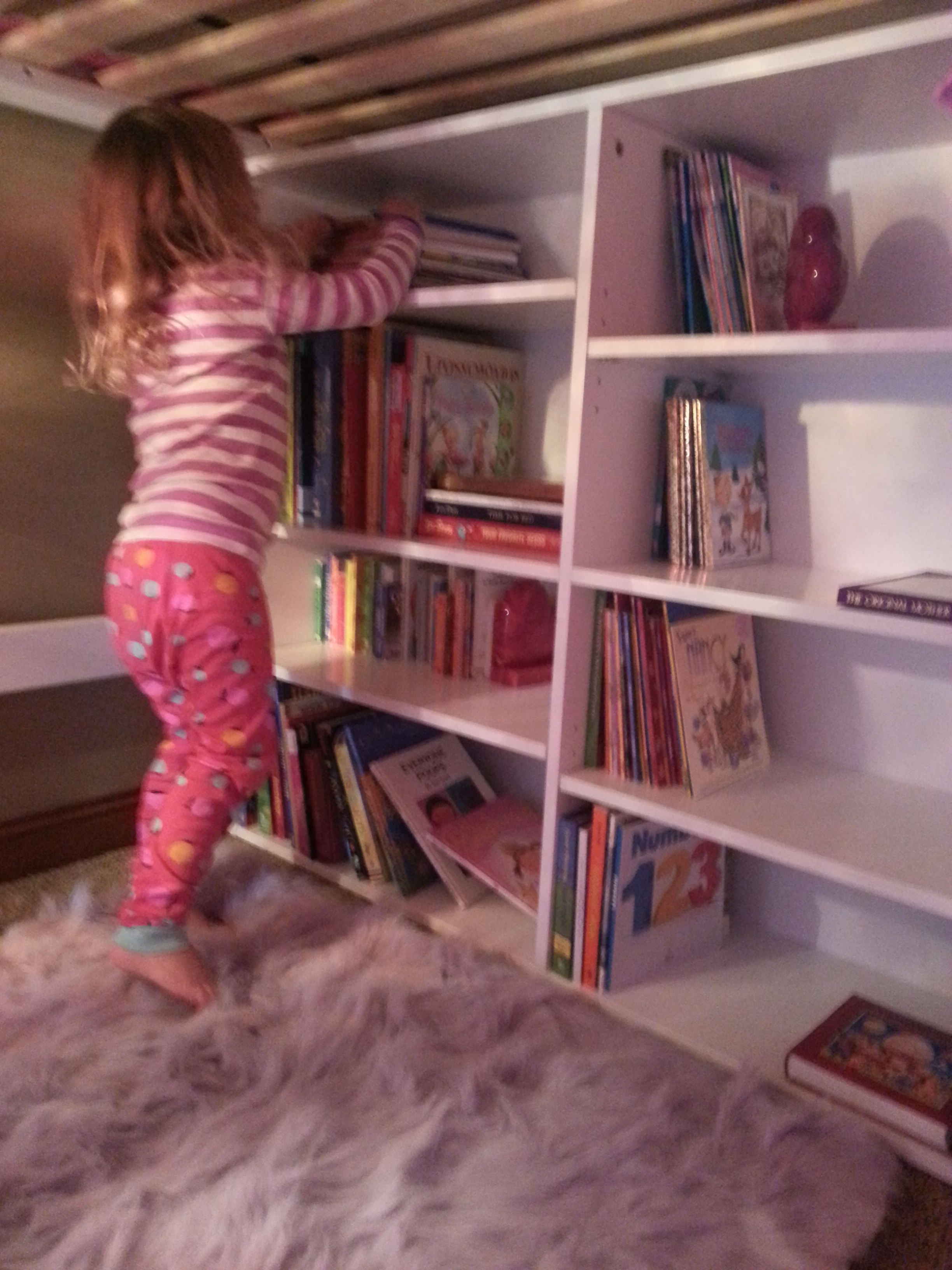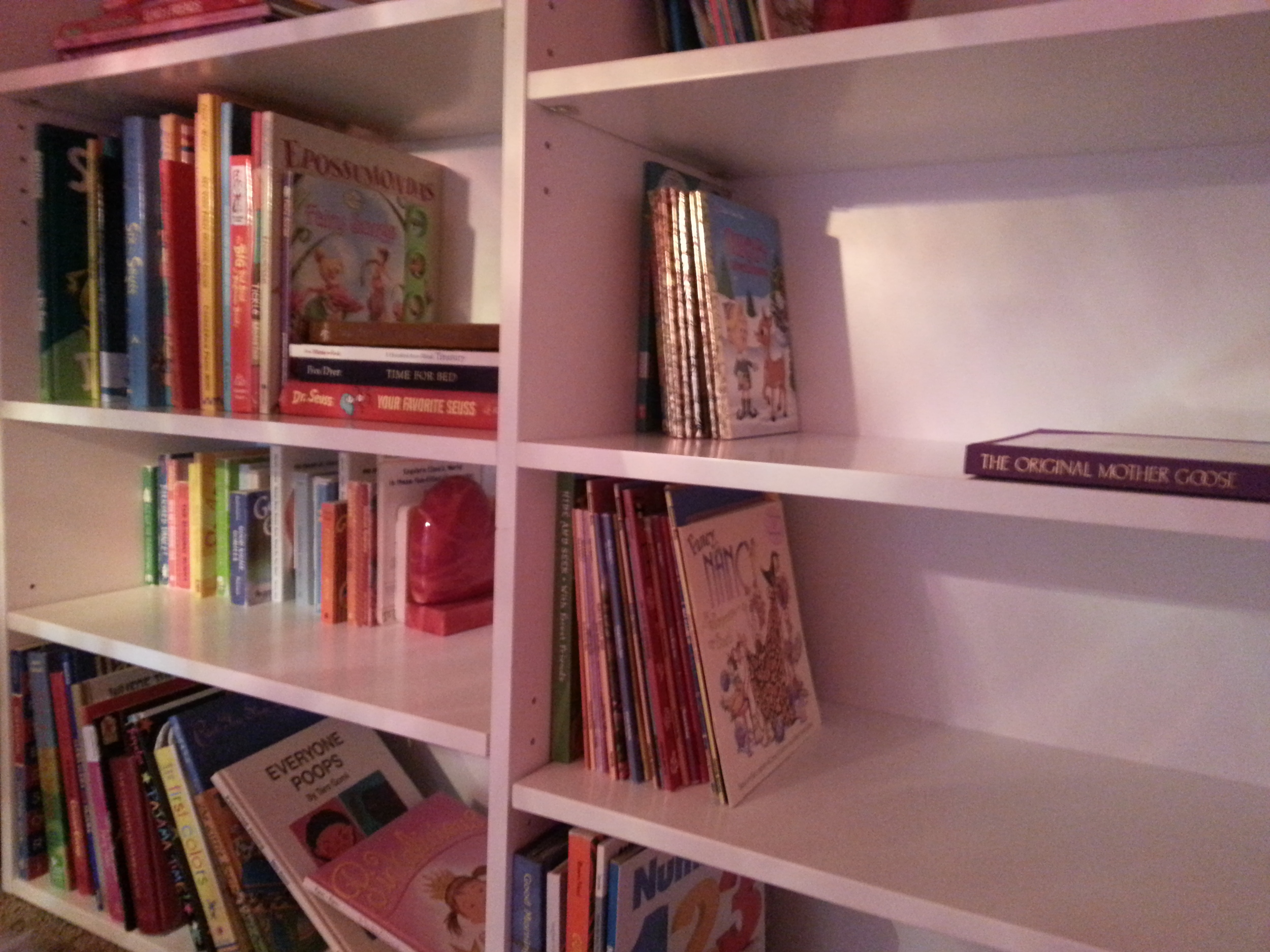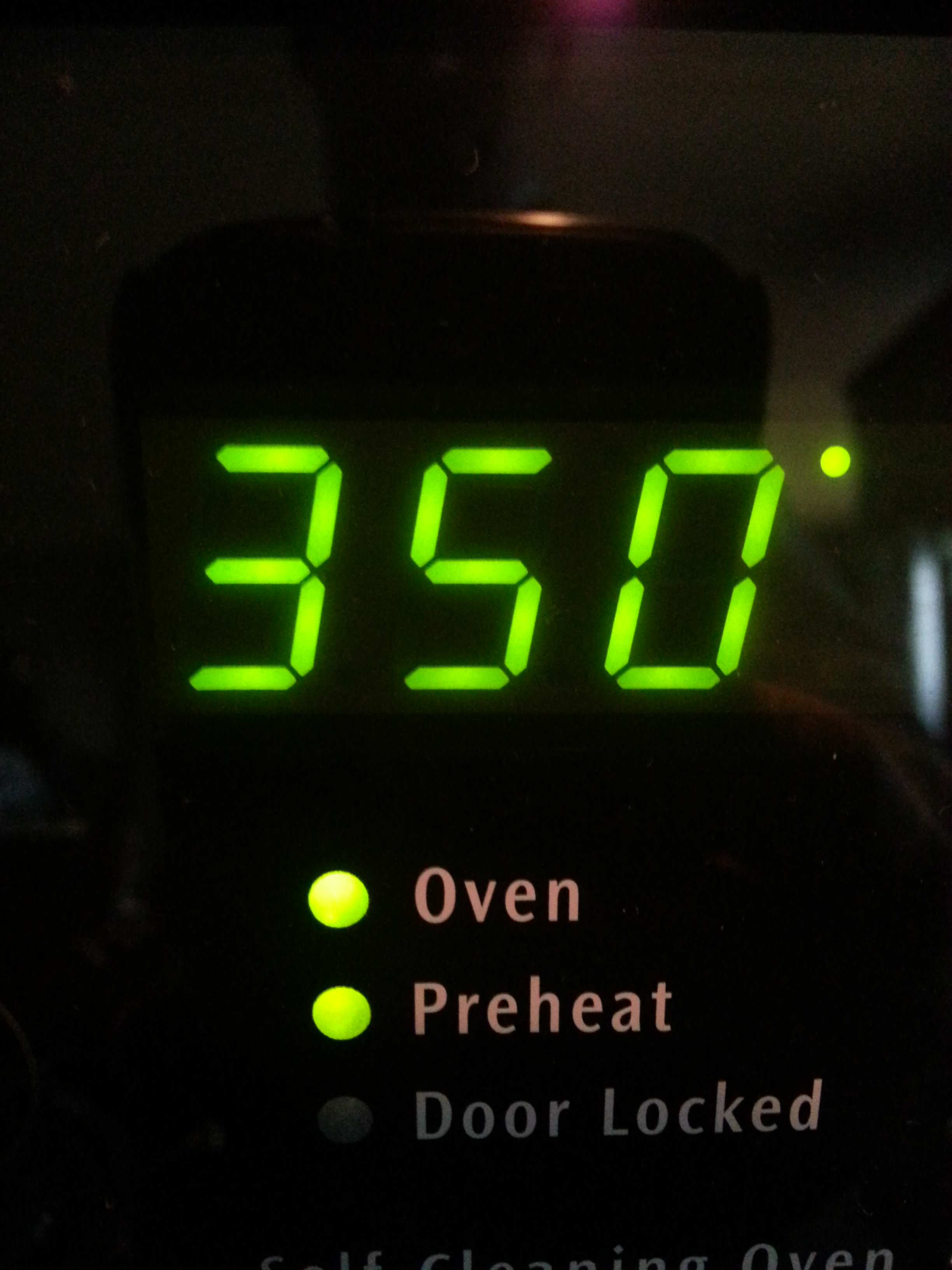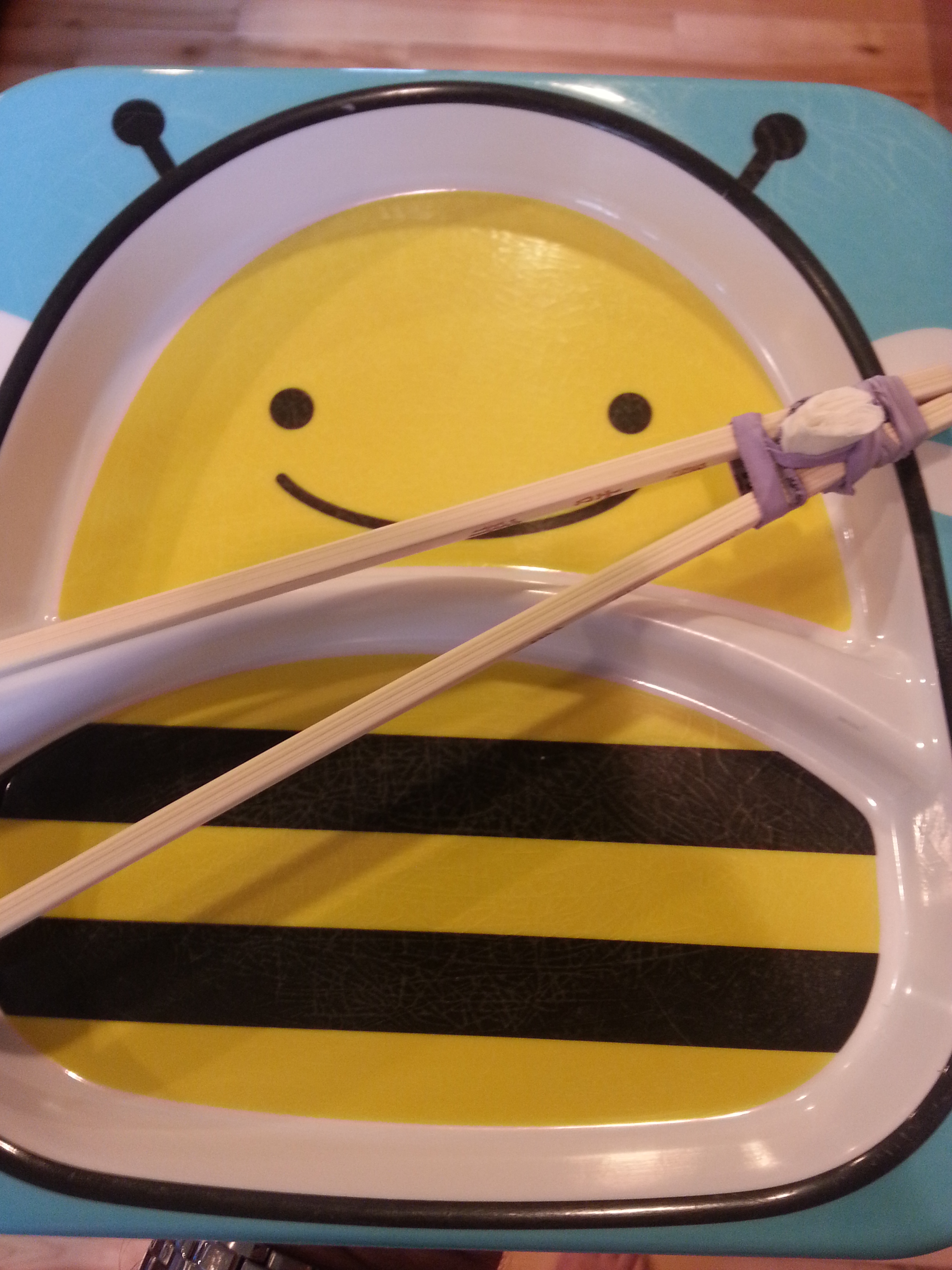“Which environment is best for our daughter?”
&
“How can we raise our daughter to thrive and assimilate in any environment…competitive or not?”
When I consider a competitive environment as potentially the best environment for our daughter, the age old question of Nature vs. Nurture springs to mind. I have decided that one's development is a driven by both…and thus it is imperative for my wife and I to not only fully develop what nature has given us but also (and simultaneously) offer the benefits of external "reinforcements" as well.
Putting our daughter in the "right environment" can involve anything from surrounding her with people who contribute positively to an environment of competition and defining particular norms, to surrounding her with the natural wonders of the world to observe independently... or both. At some point in her future some of these (either "natural" or "nurtured") tenants may be lacking and she may need to rely more heavily on one than the other…like a crutch bearing the additional weight after one loses the use of one leg.
Social Psychology breaks “Motivation in Education” down into two main branches: Intrinsic (or self) Motivation and Extrinsic (or outside) Motivation.
Although I believe we are a collection of all our experiences and all of those that touch us (from a "hello" offered by a complete stranger to being married, for 50 years, to your best friend) I think the greatest impact on character is deeply ingrained during our more formative years by our parent(s) and/or guardian(s).
I acknowledge that no development ever occurs in a vacum. However, I believe my values and ethics are more a result of my parents' nurturing than of external influences like my hometown or the schools I've attended. My mother and father exposed me to so much of the world, provided countless outlets to discover nature, passed down their own values (likely influenced by their parents) and promoted intrinsic motivation with love, attention, patience and perhaps, at times, a bit too much praise.
"That what urges children toward civilized life is the love they bear to the persons who educate them, and, little by little, the possibility of tasting some of the comforts which are undoubtedly an aid to civilized life." - Maria Montessori
If External Influences and developed Extrinsic Motivators are variables due to their reliance on uncontrollable outside elements (and can thus prove elusive at times), then logic would dictate that an educational foundation based on the development of Intrinsic Motivation is more likely to better equip children to be competent learners and performers in the potential absence of Extrinsic Motivation… and thus thrive far beyond a basic competence if and when Extrinsic Motivation is in great supply. In short, I would rather my daughter’s level of success in achieving her goals rely more heavily on her self-gratification than on the reinforcement / praise by others.
Intrinsic Motivation:
"Intrinsic motivation refers to motivation that is driven by an interest or enjoyment in the task itself, and exists within the individual rather than relying on external pressures or a desire for reward. Intrinsic motivation has been studied since the early 1970s. Students who are intrinsically motivated are more likely to engage in the task willingly as well as work to improve their skills, which will increase their capabilities.
Extrinsic Motivation:
"Extrinsic motivation refers to the performance of an activity in order to attain an outcome, whether or not that activity is also intrinsically motivated. Extrinsic motivation comes from outside of the individual. Common extrinsic motivations are rewards (for example money or grades) for showing the desired behavior, and the threat of punishment following misbehavior. Competition is in an extrinsic motivator because it encourages the performer to win and to beat others, not simply to enjoy the intrinsic rewards of the activity. A cheering crowd and the desire to win a trophy are also extrinsic incentives.[7]"
Comparison of Intrinsic and Extrinsic Motivation:
"Social psychological research has indicated that extrinsic rewards can lead to over justification and a subsequent reduction in intrinsic motivation. In one study demonstrating this effect, children who expected to be (and were) rewarded with a ribbon and a gold star for drawing pictures spent less time playing with the drawing materials in subsequent observations than children who were assigned to an unexpected reward condition.[8] While the provision of extrinsic rewards might reduce the desirability of an activity, the use of extrinsic constraints, such as the threat of punishment, against performing an activity has actually been found to increase one's intrinsic interest in that activity. In one study, when children were given mild threats against playing with an attractive toy, it was found that the threat actually served to increase the child's interest in the toy, which was previously undesirable to the child in the absence of threat.[9]
For those children who received no extrinsic reward, self-determination theory proposes that extrinsic motivation can be internalized by the individual if the task fits with their values and beliefs and therefore helps to fulfill their basic psychological needs.”
We witnessed numerous signs that Intrinsic Motivation was being employed when we first visited our daughter's school (Baan Dek Montessori). Through the school's focus on: fostering independence, minimizing distractions, opening outlets to nature, challenging each student in a mixed-age environment and allowing students to make their own mistakes; we felt the students seemed to take more of a personal ownership in their learning and thus develop their own gratification of arriving at correct answers...at their own pace.
Po Bronson presented a unique perspective on motivation and competition onKQED’s Forumwhere he discussed his (and co-author Ashley Merryman’s) book Top Dog: The Science of Winning and Losing
“The performance-enhancing effects of competition and teams do not apply only at elite levels such as the Olympics or in physical match-ups. Competitions held in classrooms and lunch rooms across the country also push kids to do better. In finite games, you compete and then you let it go, and you have rest and recuperation – that’s actually really important for kids. It’s the continuous sense of pressure that is unhealthy for them.
Equally not advantageous is the act of always letting kids win
"It’s a common scene: a child and an adult race, and the adult holds back to allow the child the thrill of winning or perhaps, more realistically, to avoid tears. But losing is a lesson everyone should learn. If kids don’t learn to lose they’re going to feel entitled to win. They’re also going to make a connection that fear of losing is going to prevent them from taking the risk in the first place. And what kids do need to learn is losing is not that big a deal. They need to learn to lose and go ‘Oh, whatever,’ and move on and keep playing."
But if and when you do let them win, base that decision on their effort.
In conclusion, I believe the ferocity of competition and social norms within any environment, while significant, holds much less influence on a child's development than active and involved parents who recognize:
"...that human beings do not live by nourishment and oxygen alone, as we have carelessly thought, but they live by means of many other natural elements. Being in contact with the earth, the sun, and the vegetable life of plants is like drinking from the very springs of our life. And these principles, which we might call materialistic and physiological, are just now appearing on the pedagogical horizon."- Maria Montessori's March 27, 1913 adress "Nature in Education" as edited by AMI Journal Special, July 2013
There are pros and cons to raising and educating children in any environment and in any institution. The best environment for empowering any child (or more specifically, our daughter) is not the one that meets any measure of excellence or serves a reliance on external influences like competition to aid in the development of our daughter's "survival" skills. The best environment is any one where we, as parents, are: safe, healthy, happy and can best afford the most time, educational resources and personal attention to invest in the most wonderful journey of loving, learning and sharing that is parenthood.
